The Art of Oz Magazine: Neville, Sharp and Walsh
Born in Sydney, Australia in 1963, Oz Magazine was the brainchild of Australian university students Richard Neville, Richard Walsh and Martin Sharp, and Sydney Daily Mirror cadet journalist Peter Grose. It was originally intended as a satirical humor magazine; the 16-page first edition, published on April Fools’ Day 1963, parodied The Sydney Morning Herald and was even printed on The Herald‘s own presses.
That first edition featured a center spread on the history of the chastity belt and a story based on Neville’s personal experience in arranging an abortion for a girlfriend, an illegal act in New South Wales.
The magazine soon faced its first round of obscenity charges. The Sydney Daily Mirror quickly cancelled its advertising
contract and threatened to sack Grose unless he resigned. The Maritime Services Board evicted Oz from its office.
The subsequent issues were far from apologetic. Oz gave pioneering coverage to contentious issues such as censorship, homosexuality, police brutality, the government’s White Australia Policy and involvement in the Vietnam War, as well as regularly satirizing public figures up to and including Australian Prime Minister Robert Menzies. Shortly after the publication of Issue 3, Neville, Walsh and Grose were charged with distributing an obscene publication; the Walshes’ solicitor pleaded guilty on their behalf and each was fined ₤20.
Issue #5 included a satire on the ongoing police harassment of homosexuals; “The Stiff Arm of the Law” featured a parody of a
police report with incriminating sections of an officer’s gay-bashing incident crossed out and replaced with “more anodyne language”, e.g. “I was at Philip St. Station in my homo hunting togs”, with “homo hunting
togs” crossed out and replaced with the handwritten words “plain
clothes”. As a result, police seized 140 copies of Oz from a Kings Cross newsagent and took them to a magistrate, who ordered them to be burned.
In April 1964 Neville, Walsh and Sharp were again charged with obscenity. This time the Magistrate decided to make an example of them with three to six months in prison with hard labor, but they were released on bail pending an appeal. The convictions were overturned because the judge found that the original Magistrate misdirected the jury and made remarks that were prejudicial to the defense’s case.
In late 1966 Neville and Sharp moved to the UK and with fellow Australian Jim Anderson, they founded the London Oz. Contributors included Germaine Greer, artist and filmmaker Philippe Mora, photographer Robert Whitaker, journalist Lillian Roxon, and cartoonist Michael Leunig. With access to new metallic foils, fluorescent inks and the freedom of layout offered by offset printing Sharp’s artistic skills came to the fore and Oz quickly won renown as one of the most visually exciting publications of its time. Several editions included dazzling psychedelic posters by Sharp and others. During this period Sharp also created the two famous psychedelic album covers for Cream’s Disraeli Gears and Wheels Of Fire, but his involvement gradually decreased during 1968-69. In his place Felix Dennis was brought in as Neville and Anderson’s new partner.
The magazine regularly enraged the British Establishment with a range of left-field stories including heavy
critical coverage of the Vietnam War and the anti-war movement, discussions of drugs, sex and alternative lifestyles, and contentious political stories, such as the magazine’s revelations about the torture of citizens under the rule of the military junta in Greece.
In 1970, reacting to criticism that Oz had lost touch with
youth, the editors put a notice in the magazine inviting “school kids”
to edit an issue. Around 20 secondary school students were let loose on Oz #28 (May 1970), known as “Schoolkids OZ”. This term was widely misunderstood to mean that it was intended for school children rather than a statement that it had been created by them. One of the resulting articles was a “highly sexualised” Rupert Bear parody created by 15-year-old Vivian Berger who pasted the head of Rupert onto an X-rated cartoon by Robert Crumb.
This set the scene for another obscenity trial; a virtual re-run of
the second Australian trial in that the judge exhibited clear signs of bias
against the defendants, but with a far more dangerous edge due to an archaic charge of “conspiracy to corrupt public morals”-which, in theory, carried a virtually unlimited penalty.
At the committal hearing Neville, Dennis and Anderson all appeared wearing rented schoolgirl costumes. They were found not guilty on the conspiracy charge, but were convicted of two lesser offences and sentenced to imprisonment. The convictions were soon overturned on appeal.
About this time Neville brought noted feminist writer Germaine Greer onboard for a new column written under a pen name “Dr.G.” The 29 July 1970 edition was guest-edited by Greer, and featured an article of hers on the hand-knitted Cock Sock, “a snug corner for a chilly prick”. She also posed nude for Oz on the understanding that the male editors would do likewise: they did not.
Oz continued after the trial, and thanks to the intense public interest the trial generated, its circulation briefly rose to 80,000. However its popularity faded over the next two years and by the time the last issue (Oz #48) was published in November 1973 Oz Publications was £20,000 in debt and the magazine had “no readership worth the name”.
Felix Dennis has since become one of Britain’s wealthiest and most prominent independent publishers as owner of Dennis Publishing (publisher of Maxim and other magazines).
Richard Neville eventually returned to Australia, where he has become a successful author, commentator and public speaker.
Richard Walsh became a founding magazine editor and eventually rose to become senior publisher for Australian Consolidated Press organization in
charge of initially 15 magazines, which has expanded to 73 magazines.
Martin Sharp was long regarded as Australia’s leading pop artist and was well known in Australia for his passionate interest in Sydney’s Luna Park and in the life and music of Tiny Tim. Sharp died from emphysema at his Bellevue Hill home and art studio on 1 December 2013 at the age of 71.
See More:
Oz Covers
richardneville.com
pOoTer’s pSycheDelic shAcK – oz
stonedimmaculatevintage – return to oz
Germaine: The naked truth about her raunchy past

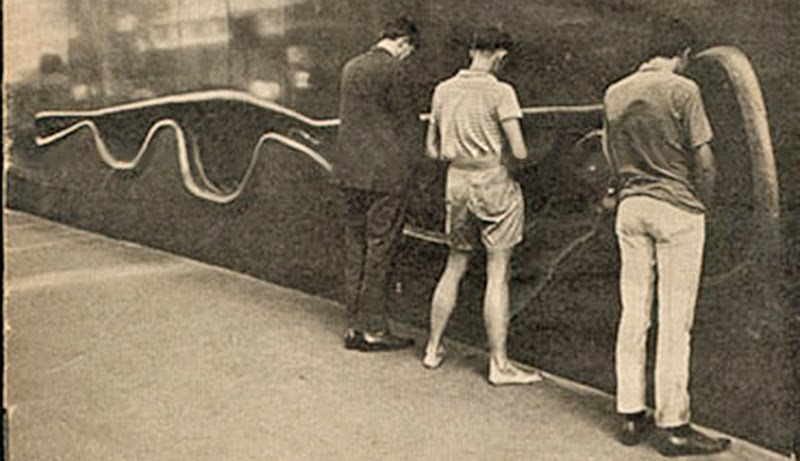
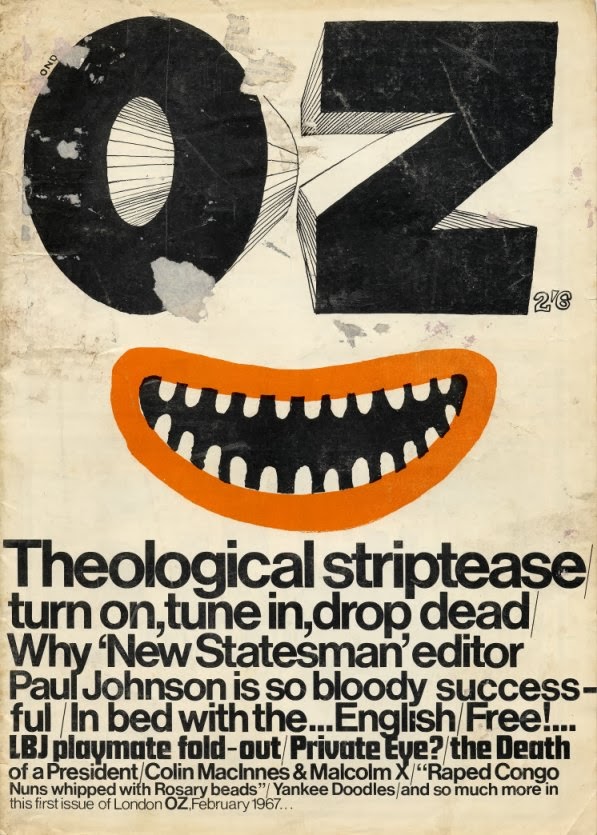
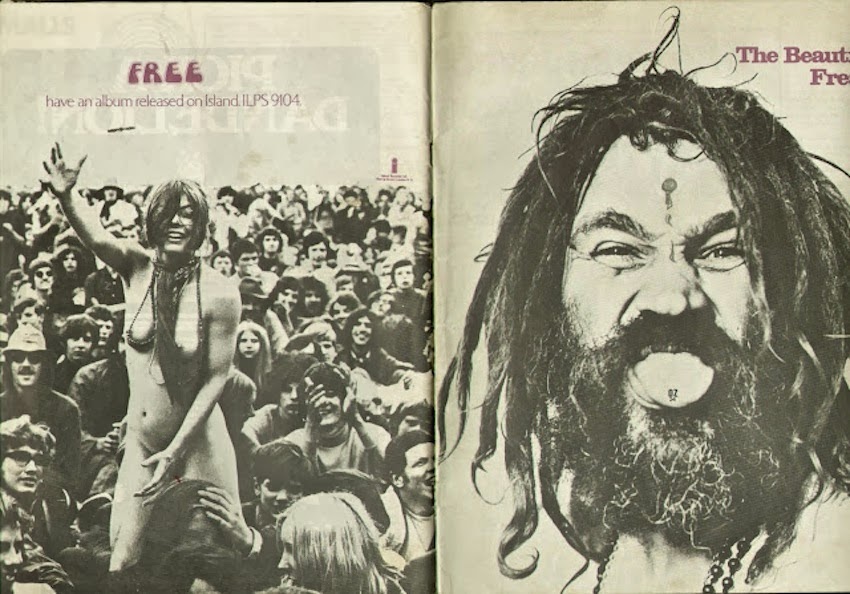
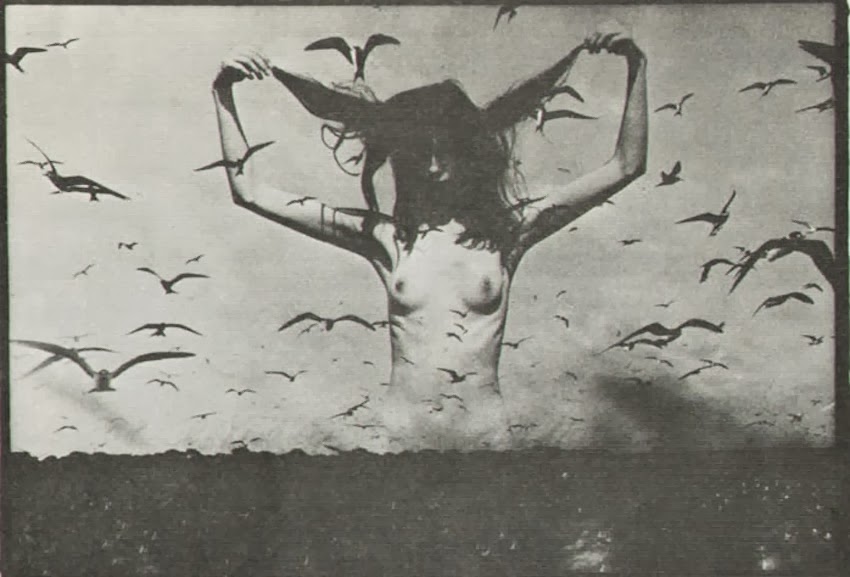
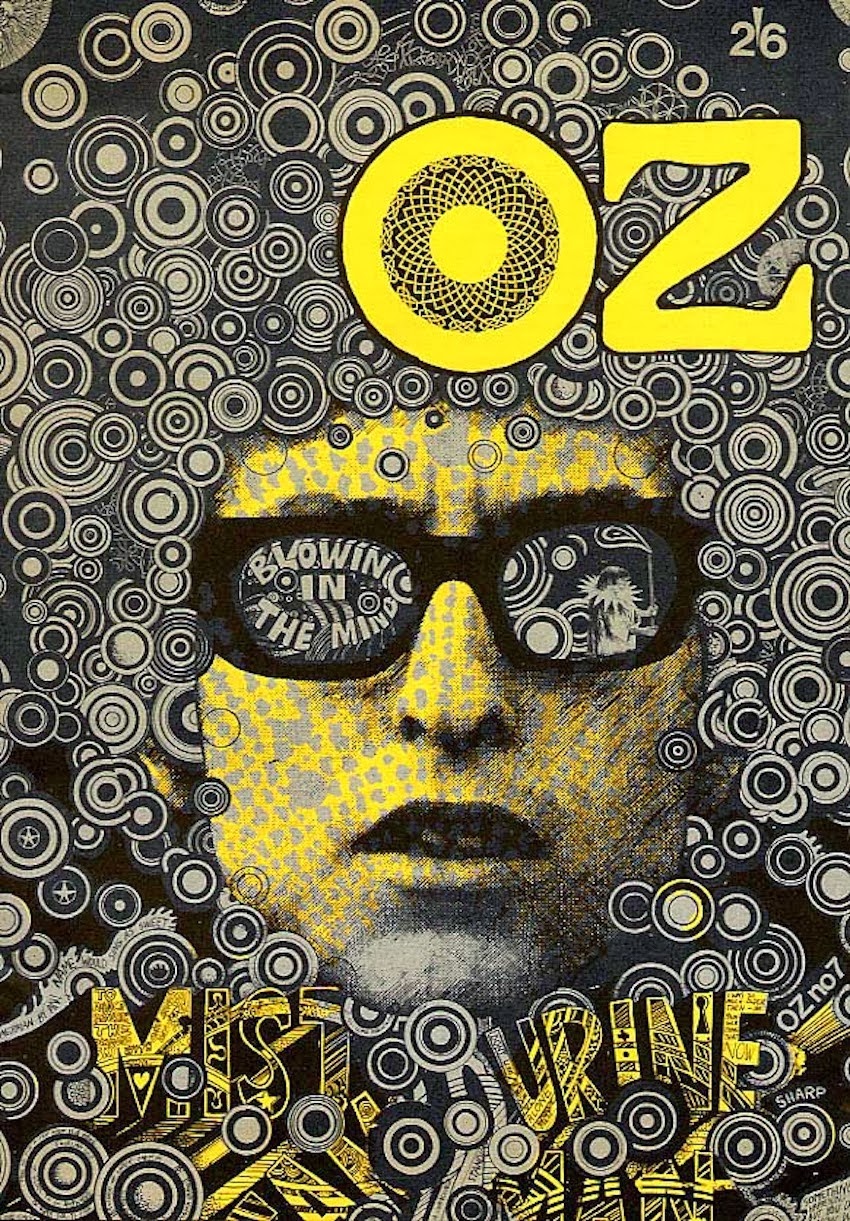
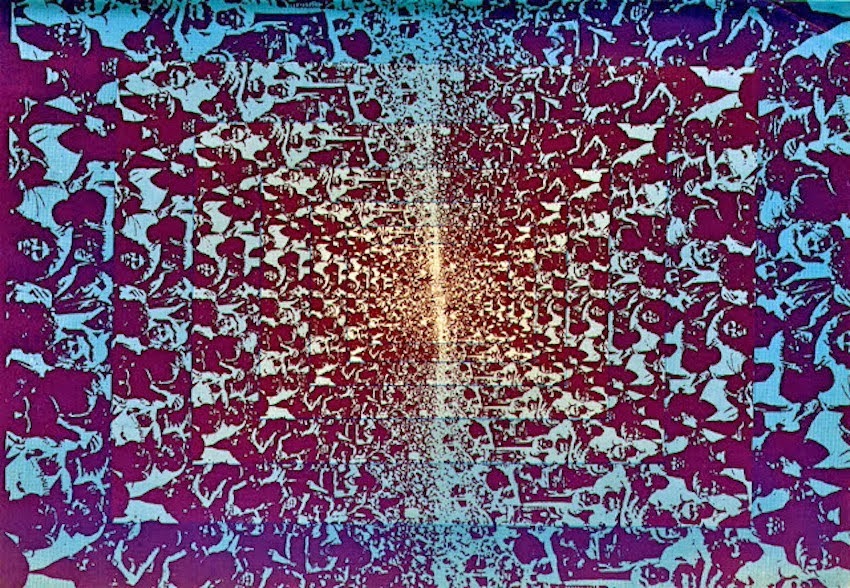
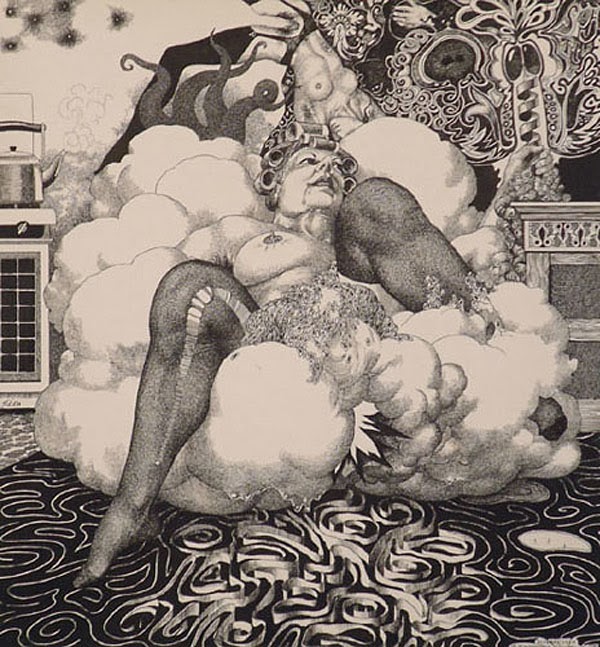
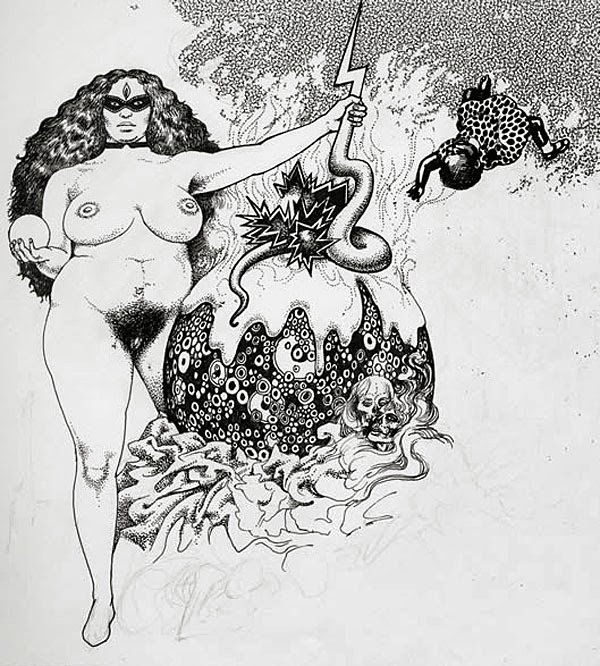
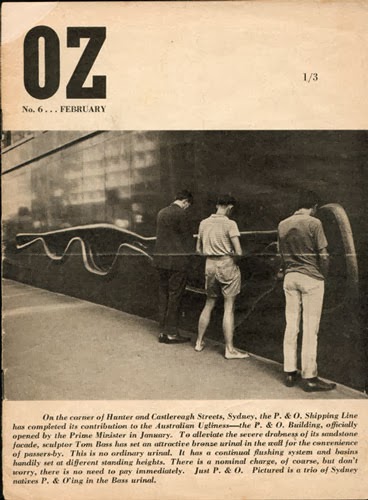
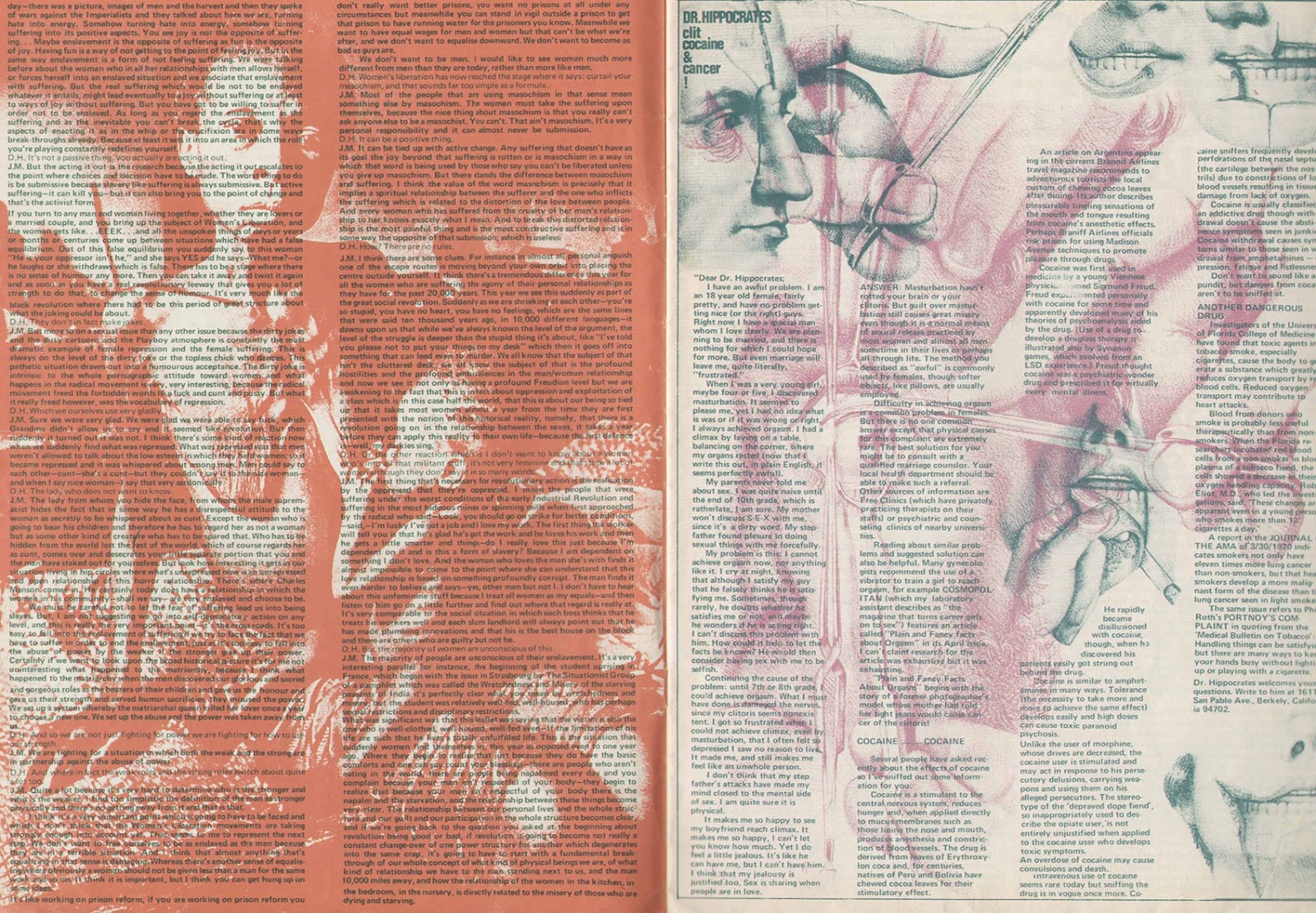
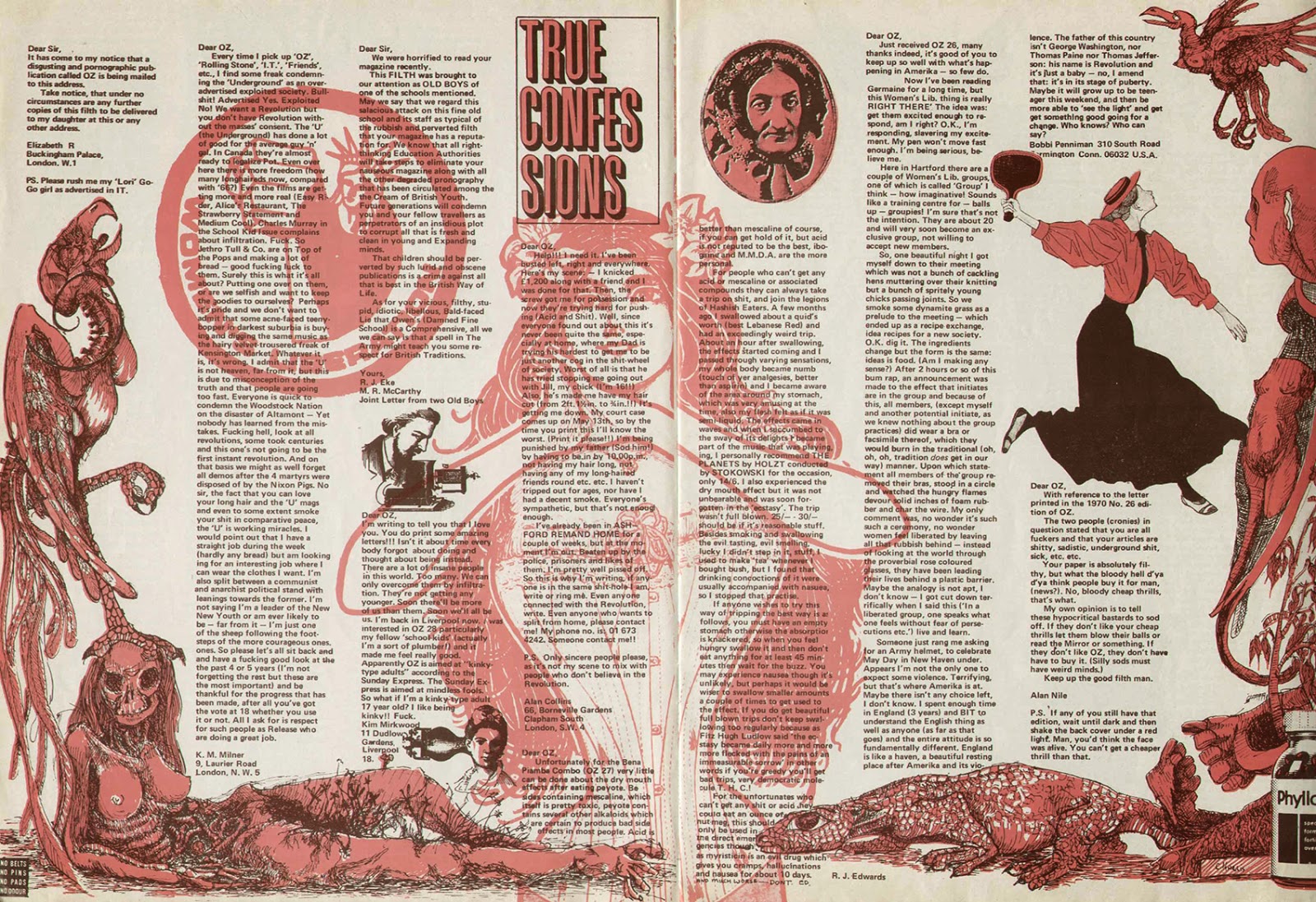

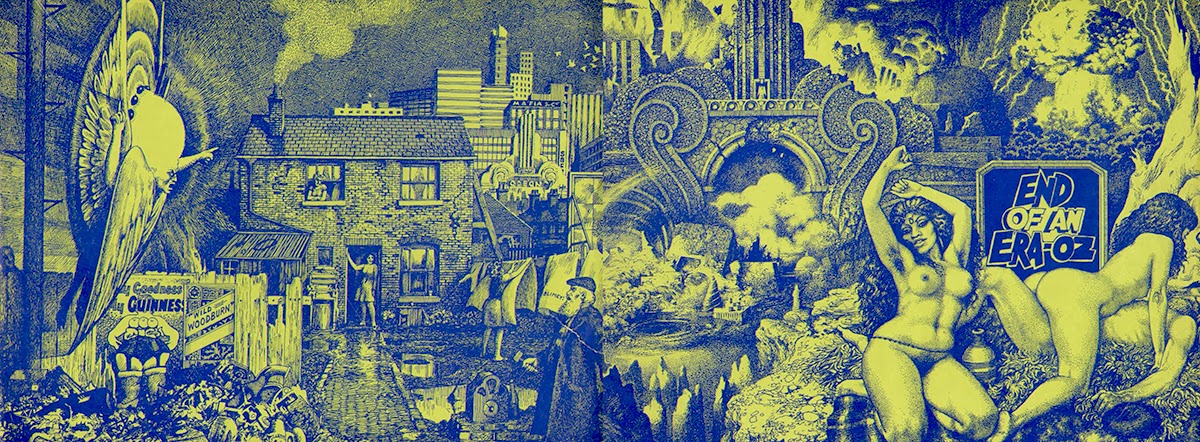
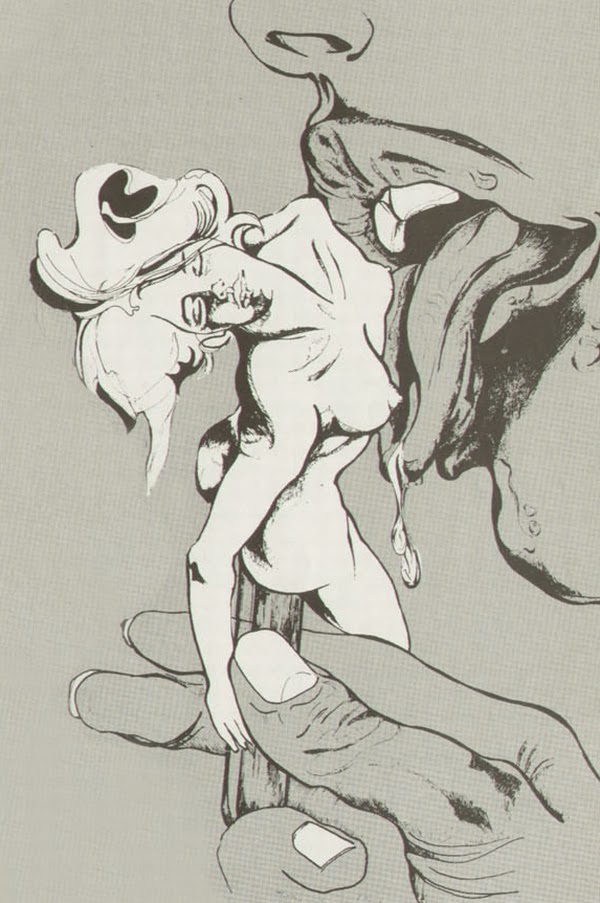
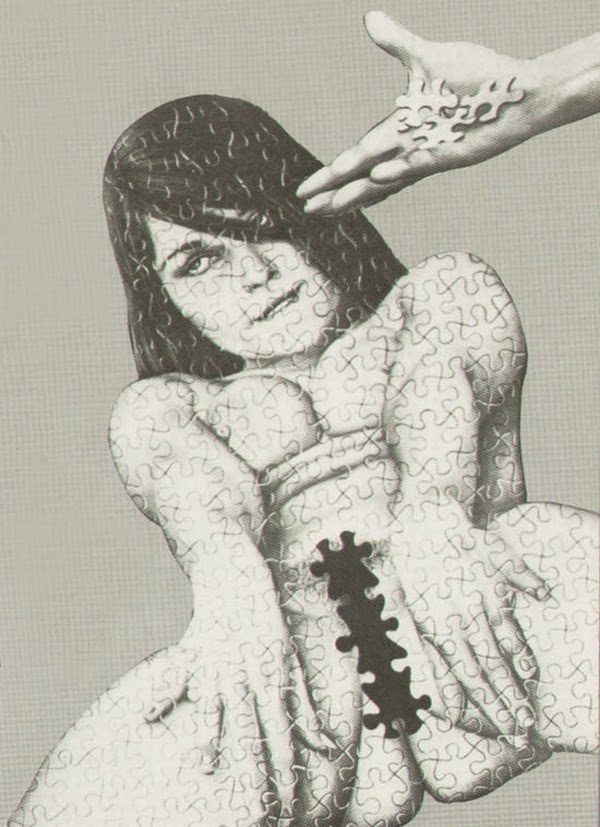

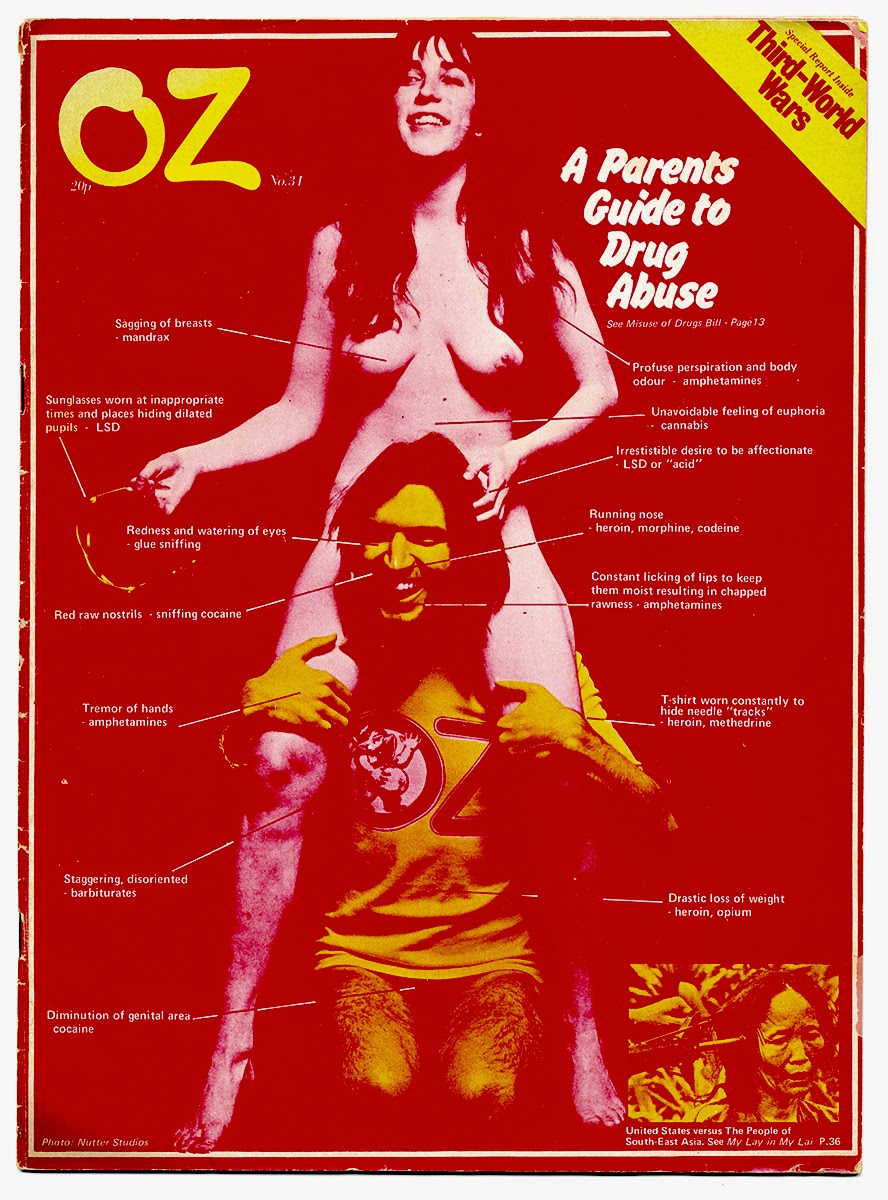
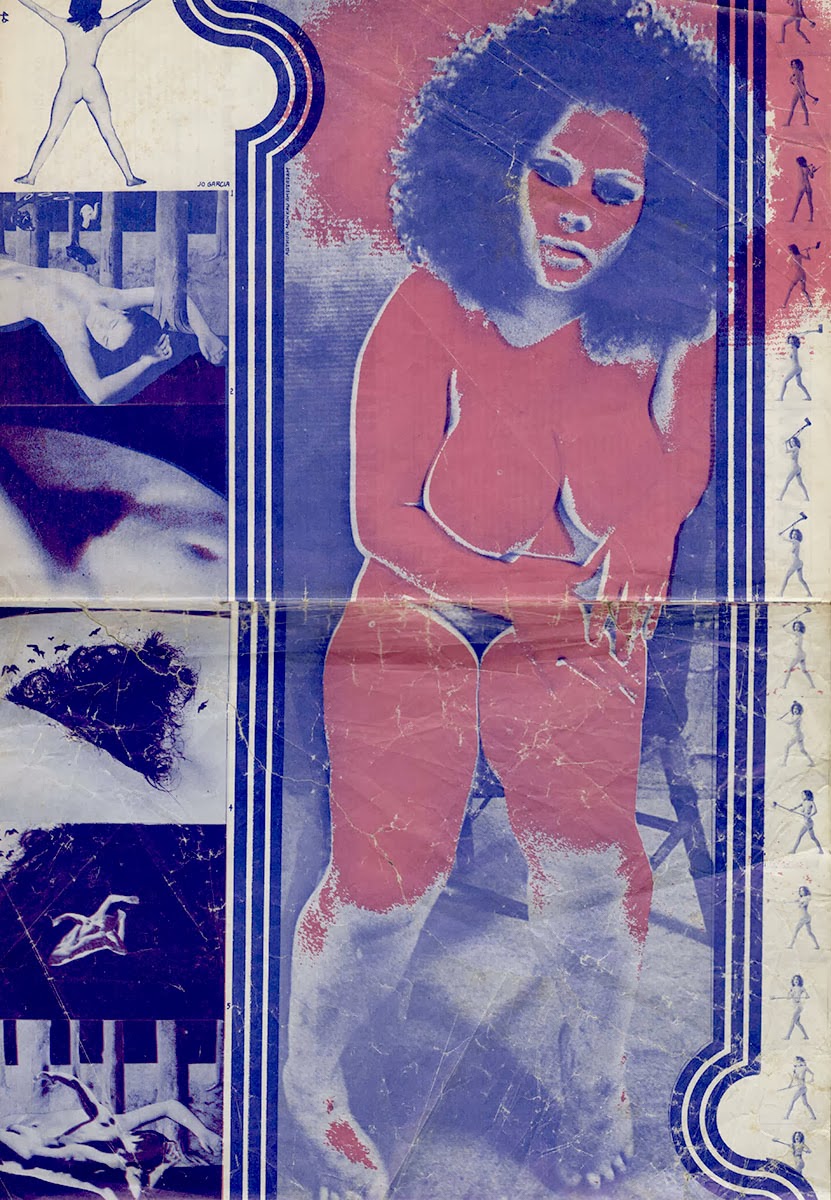
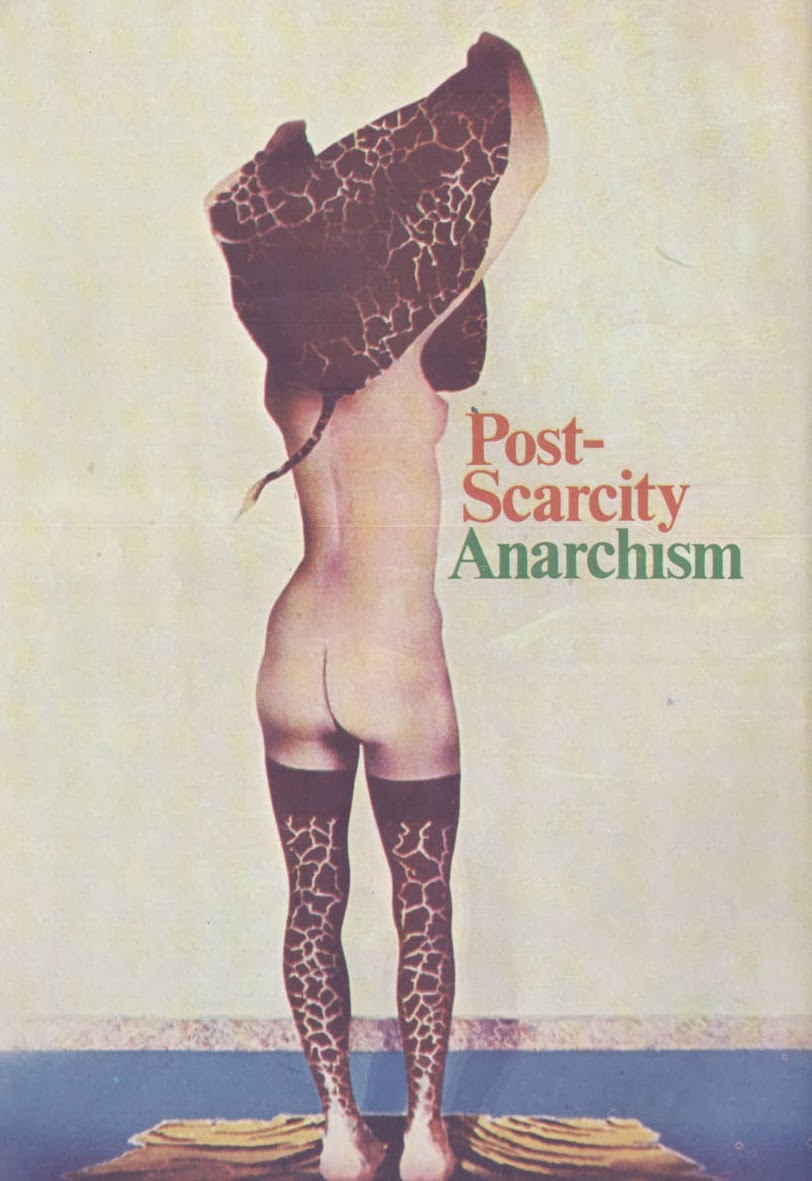
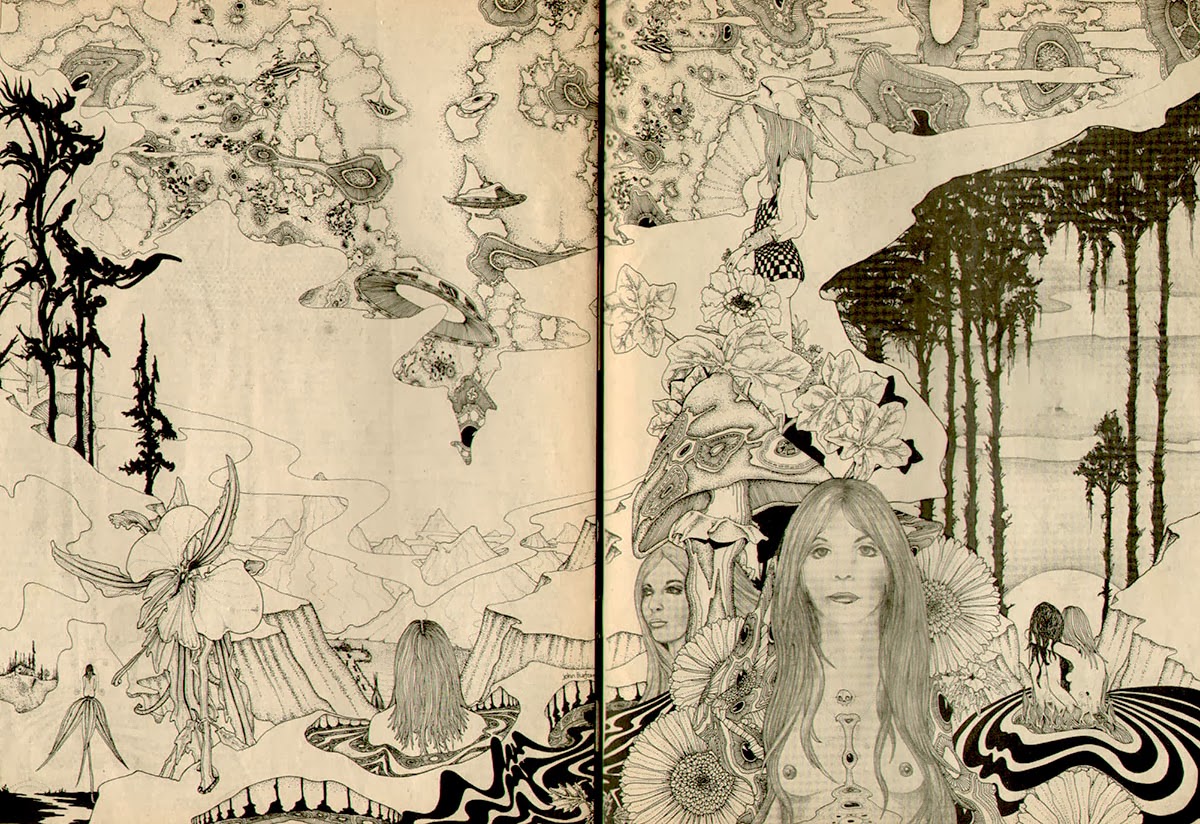

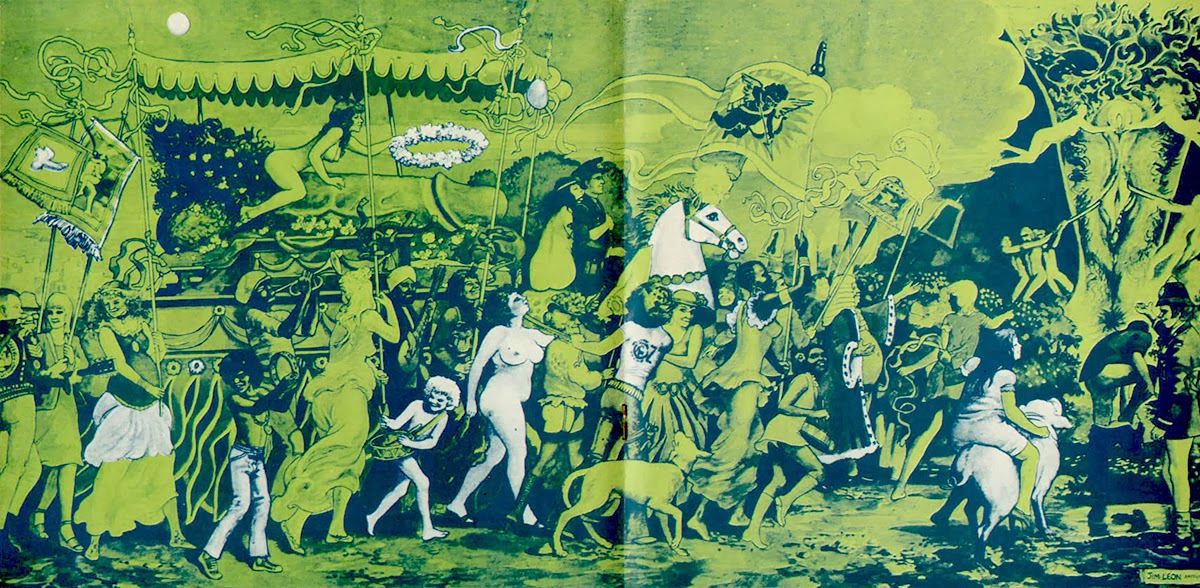

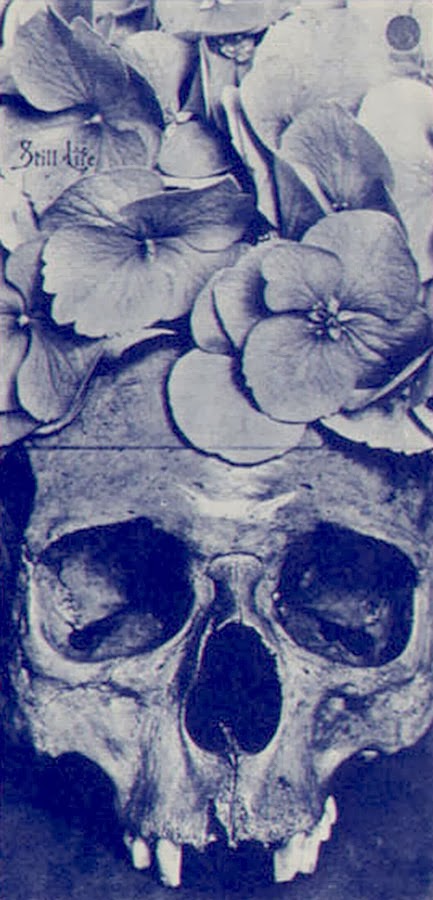
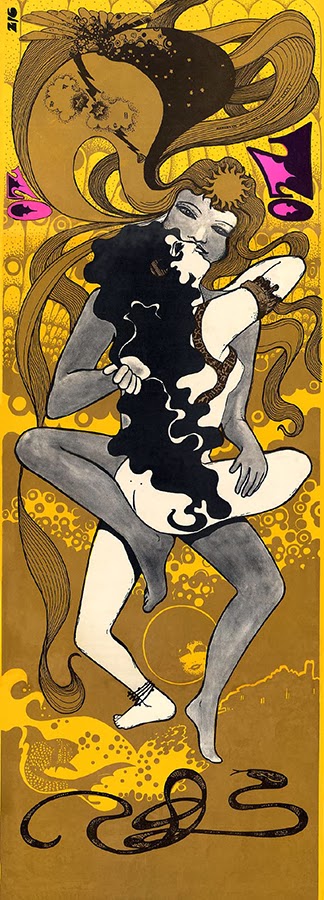
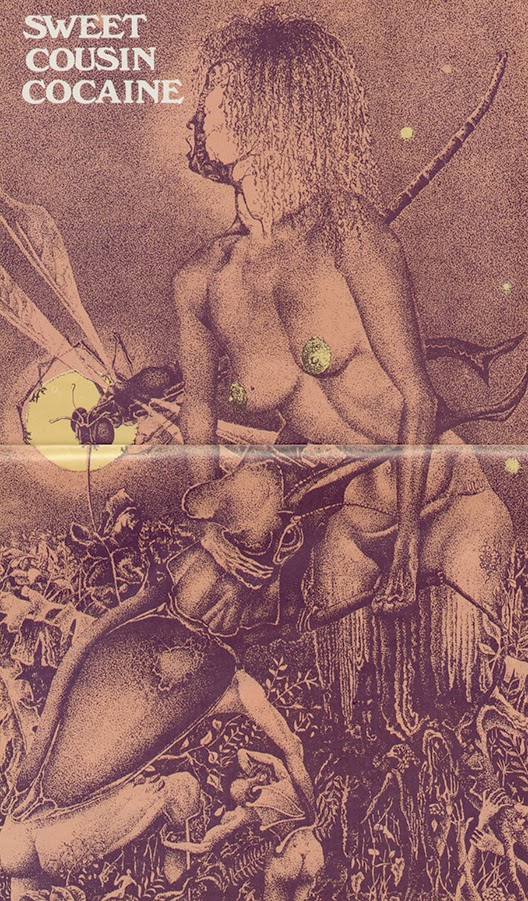
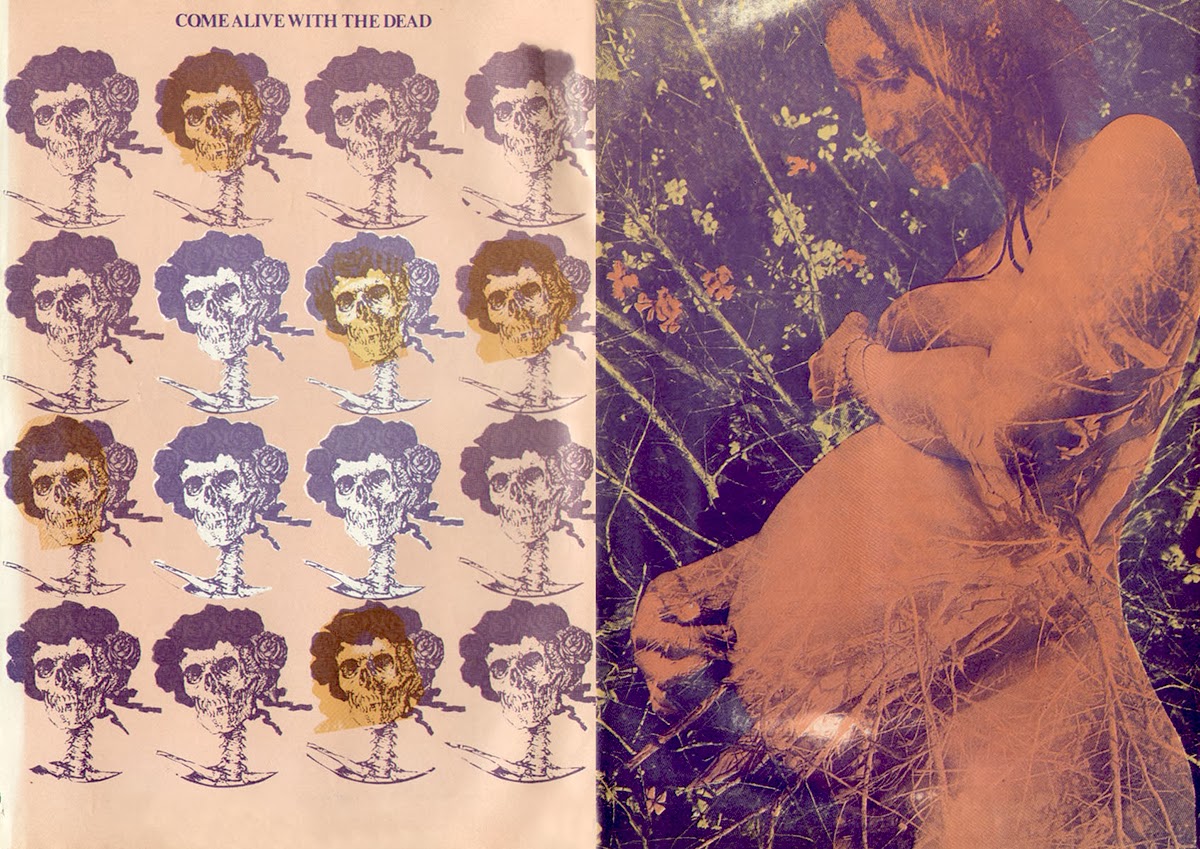
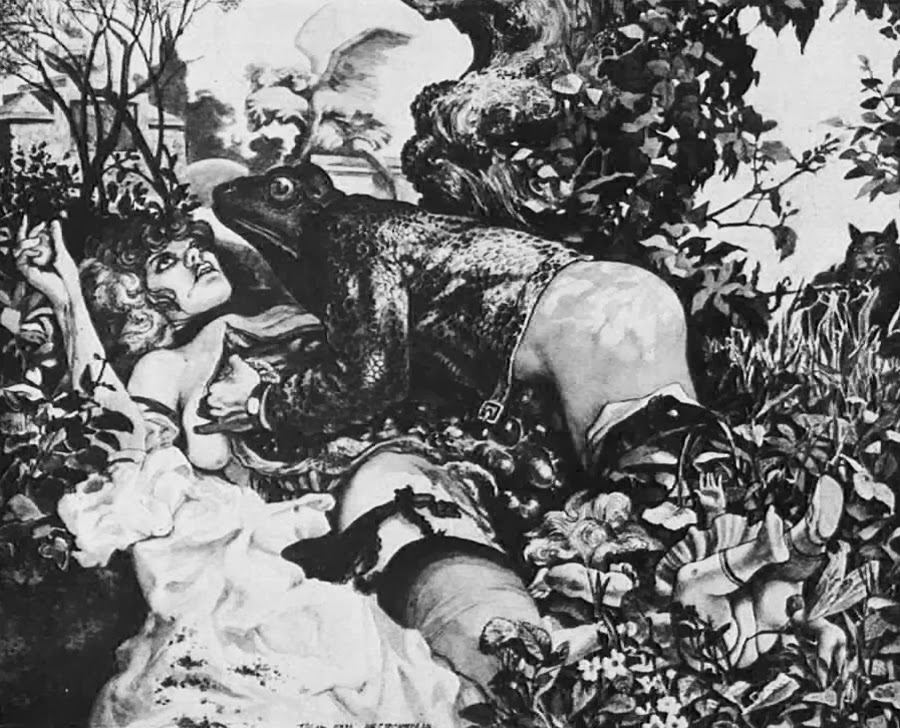
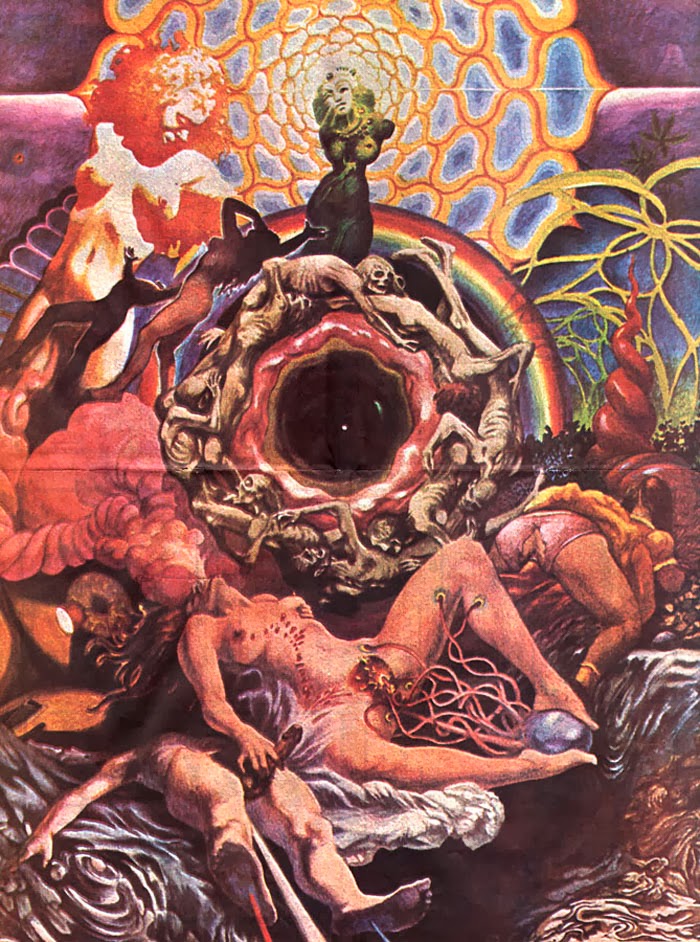
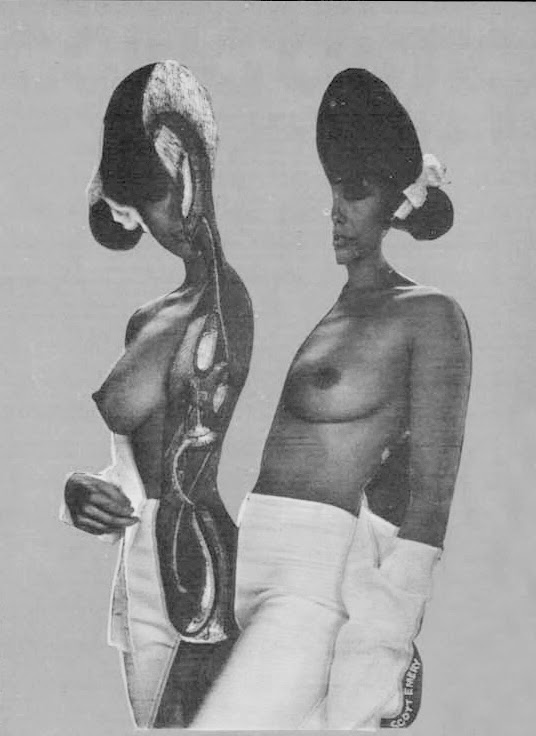
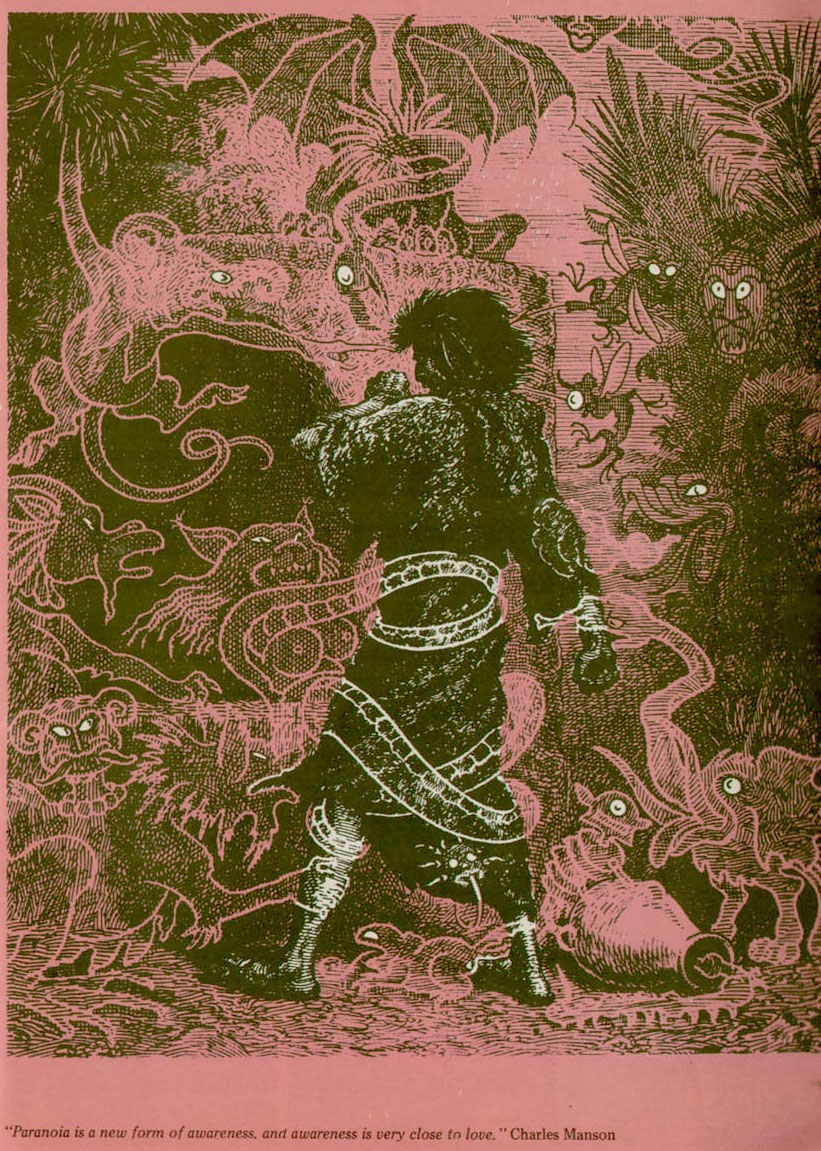
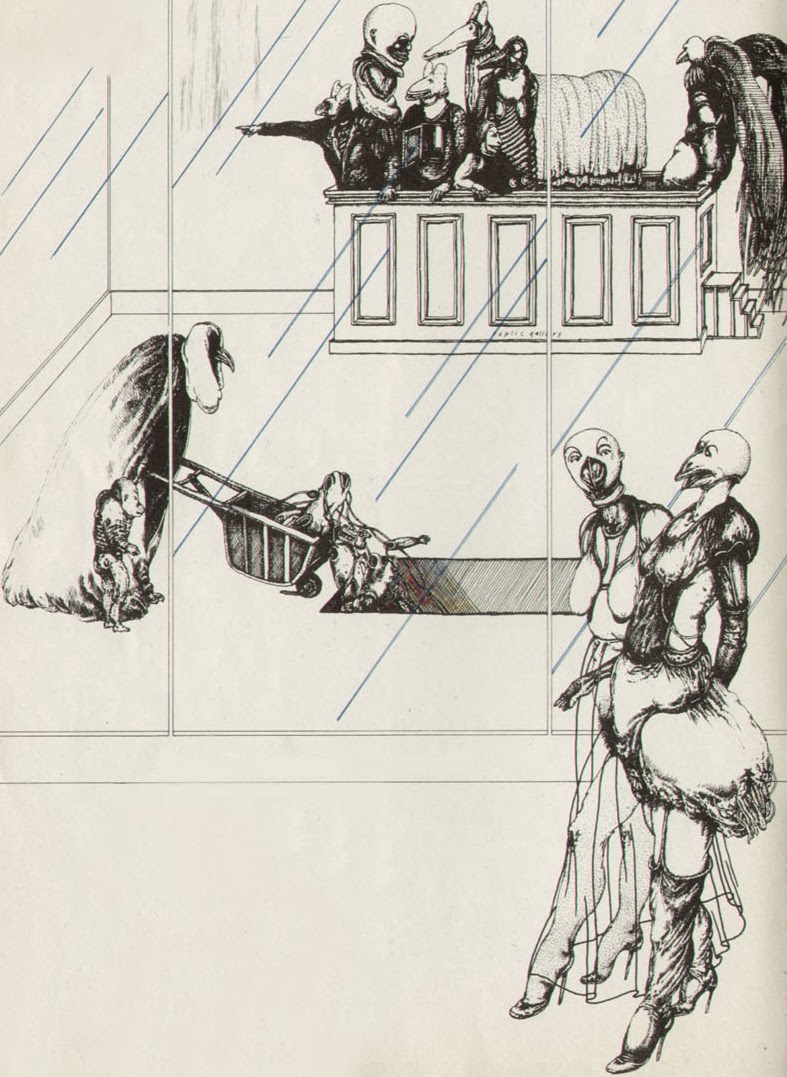
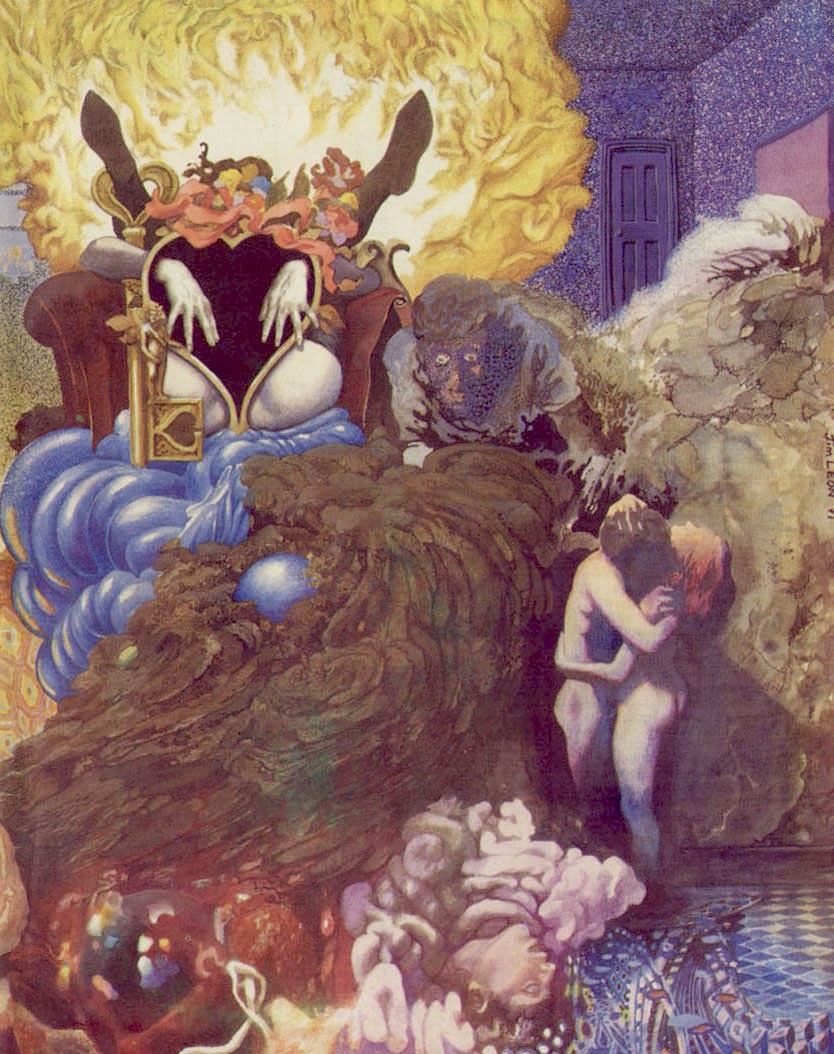
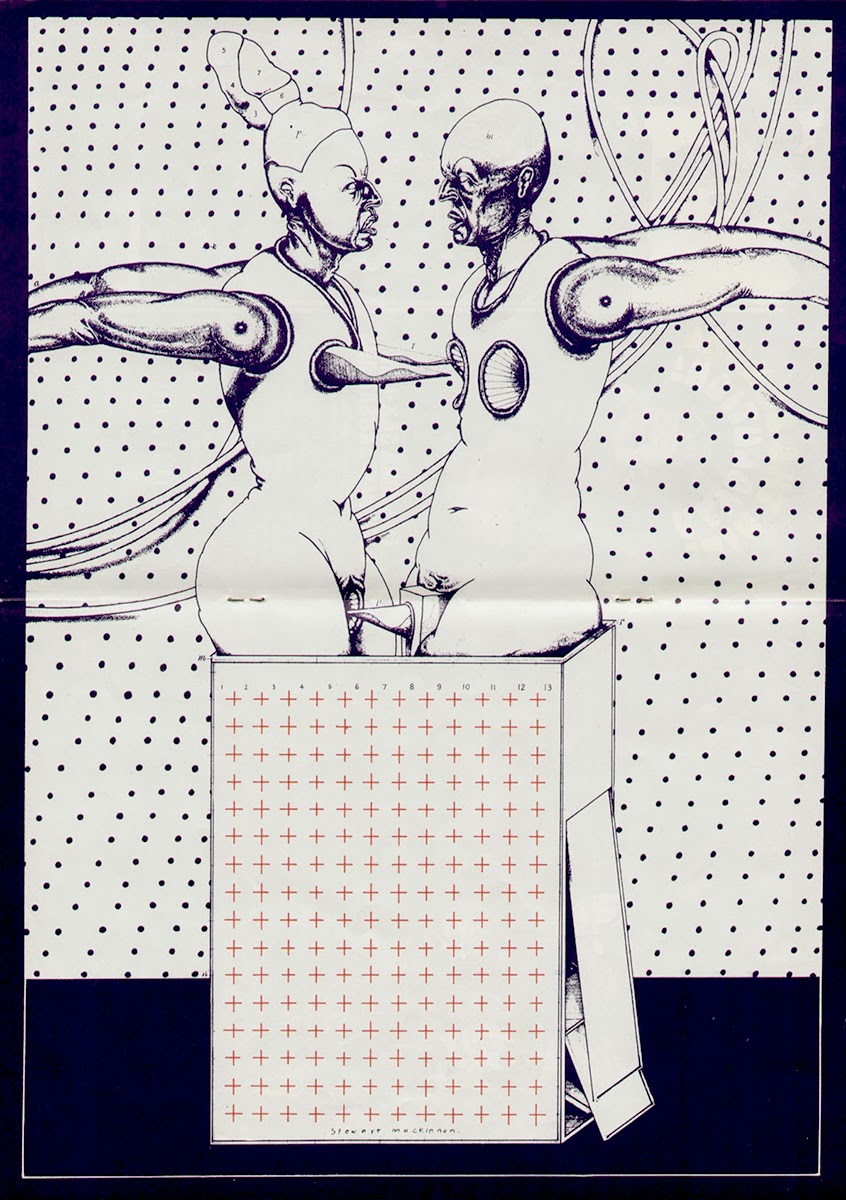
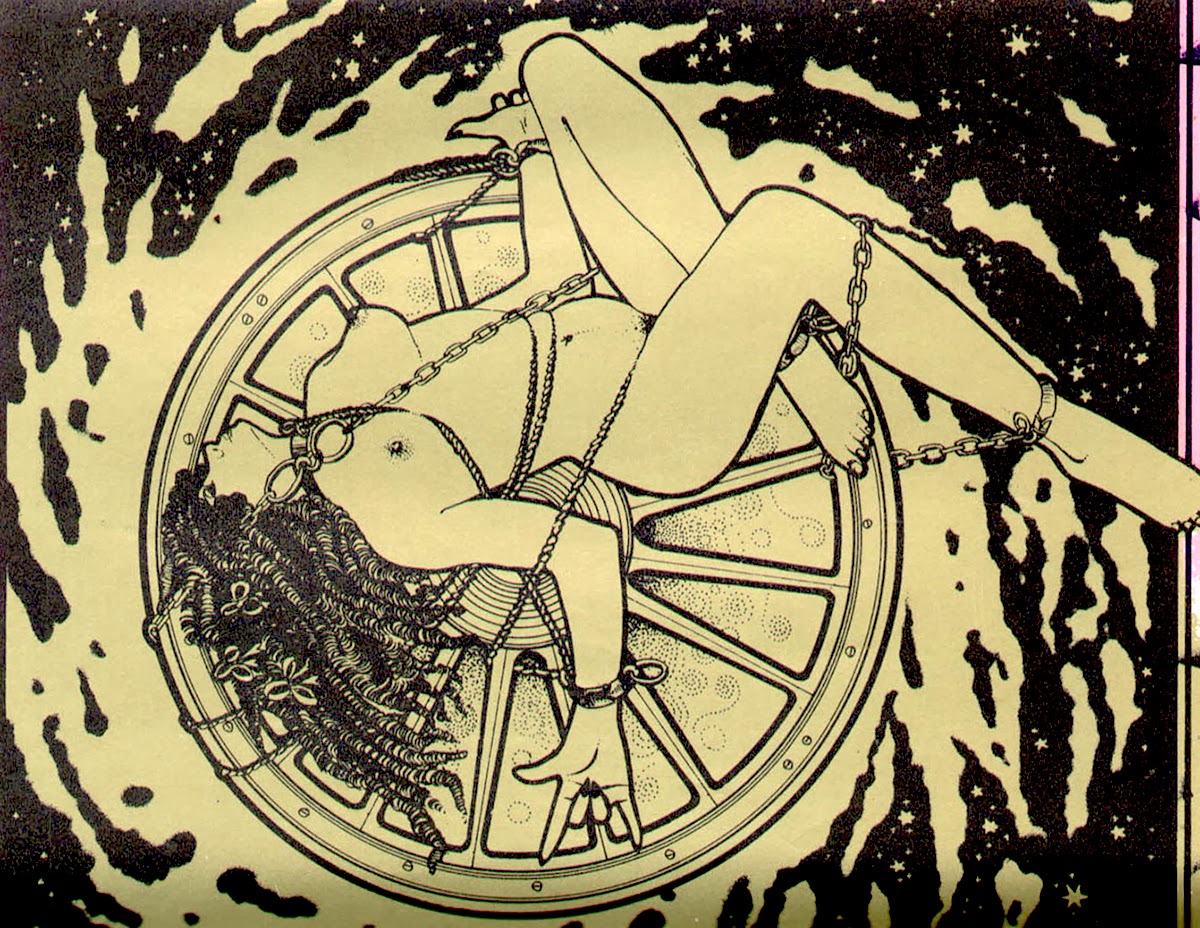
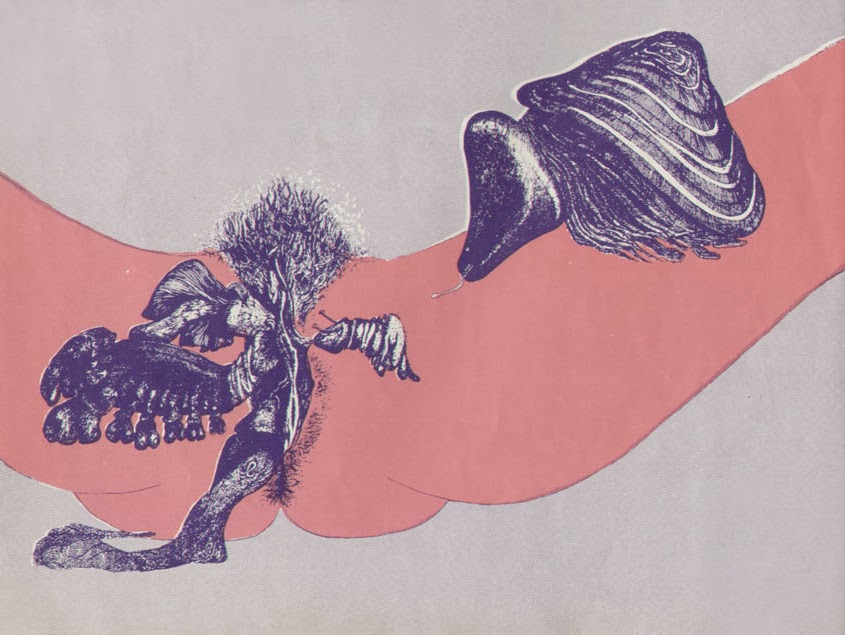
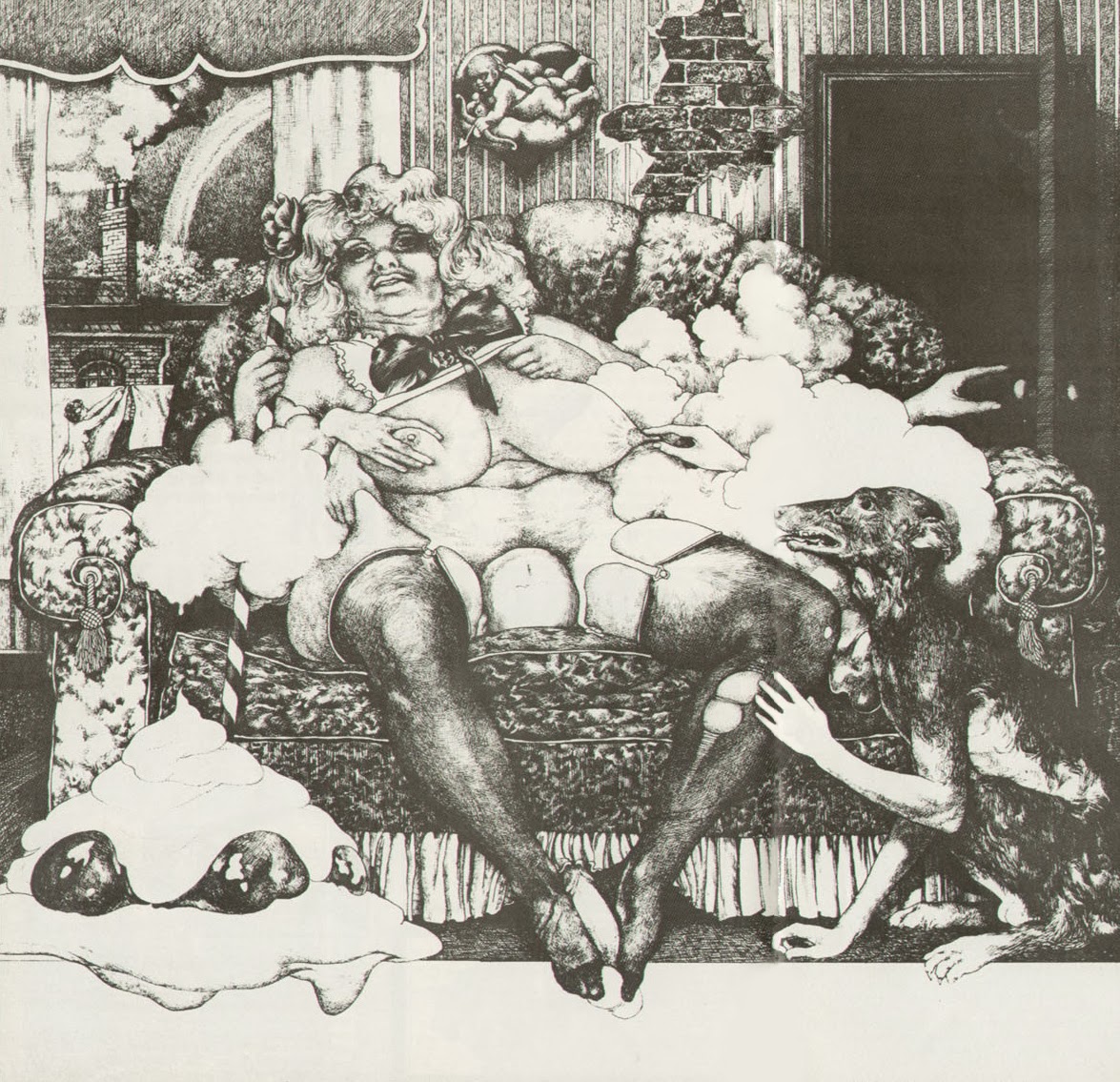
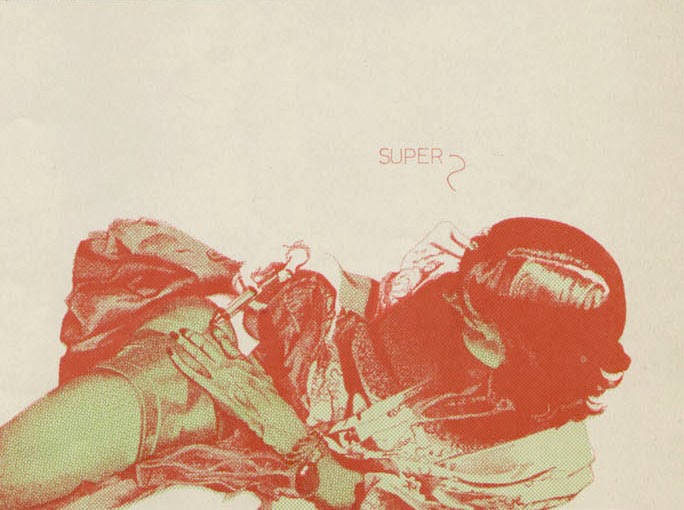
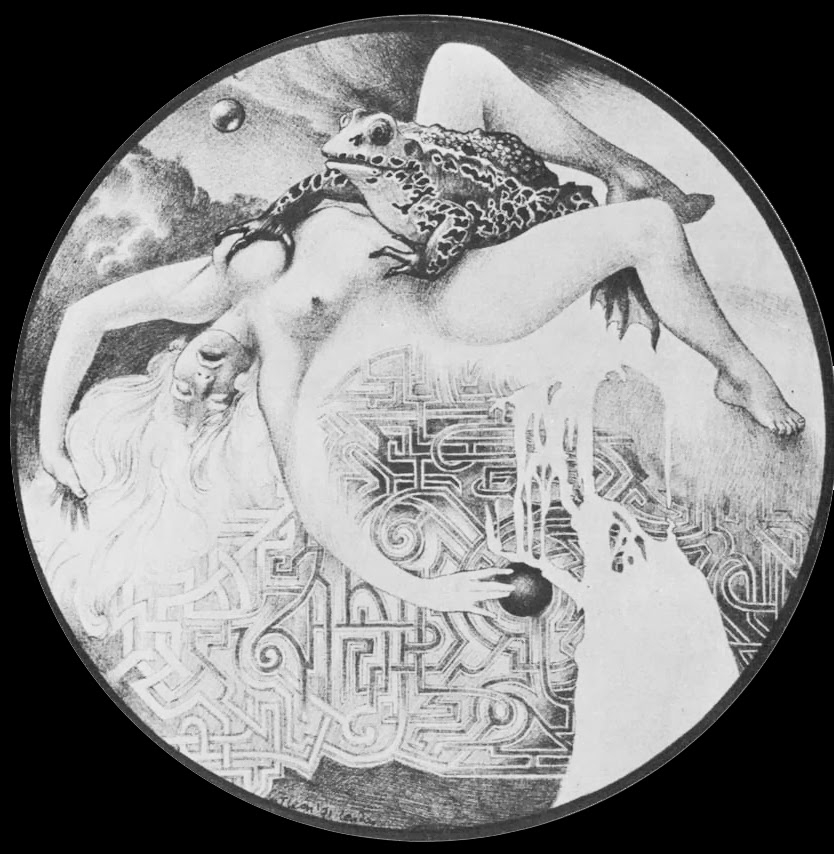
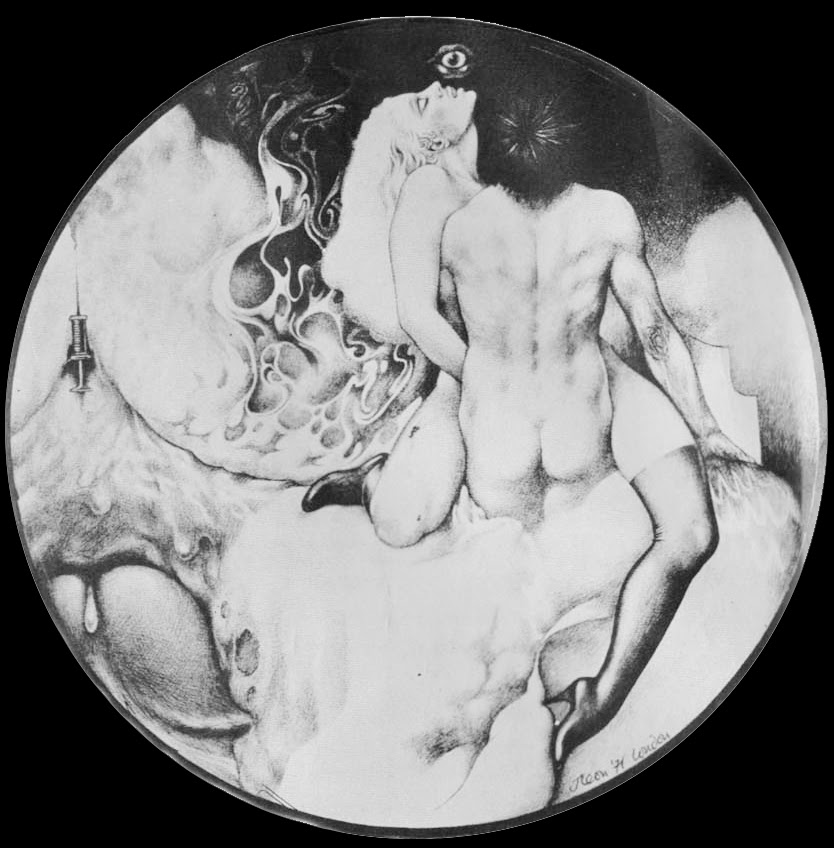
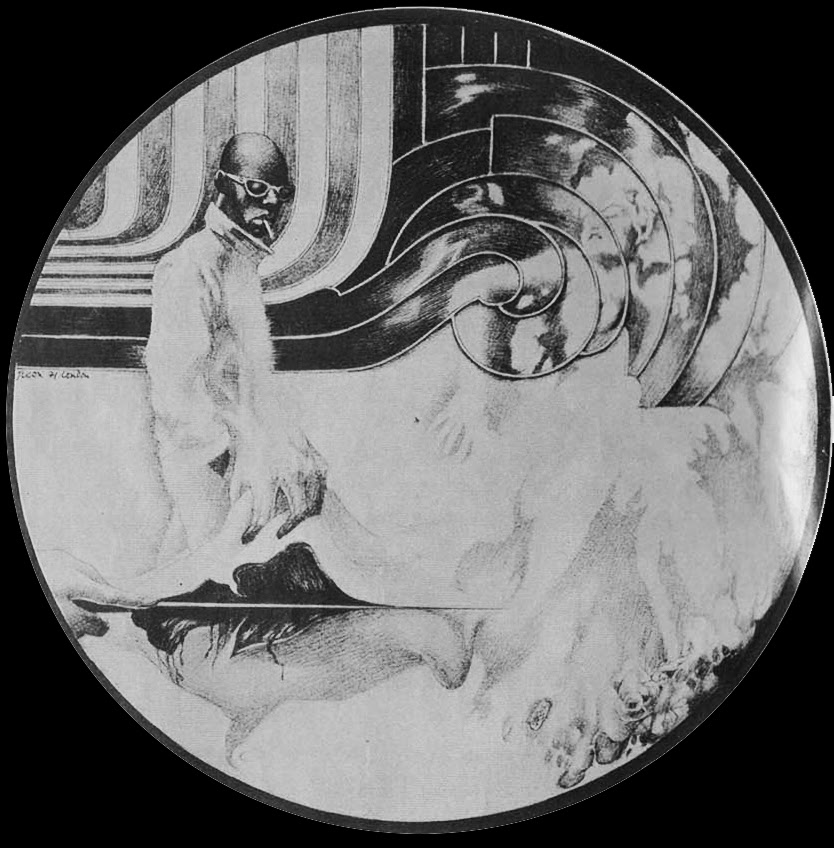
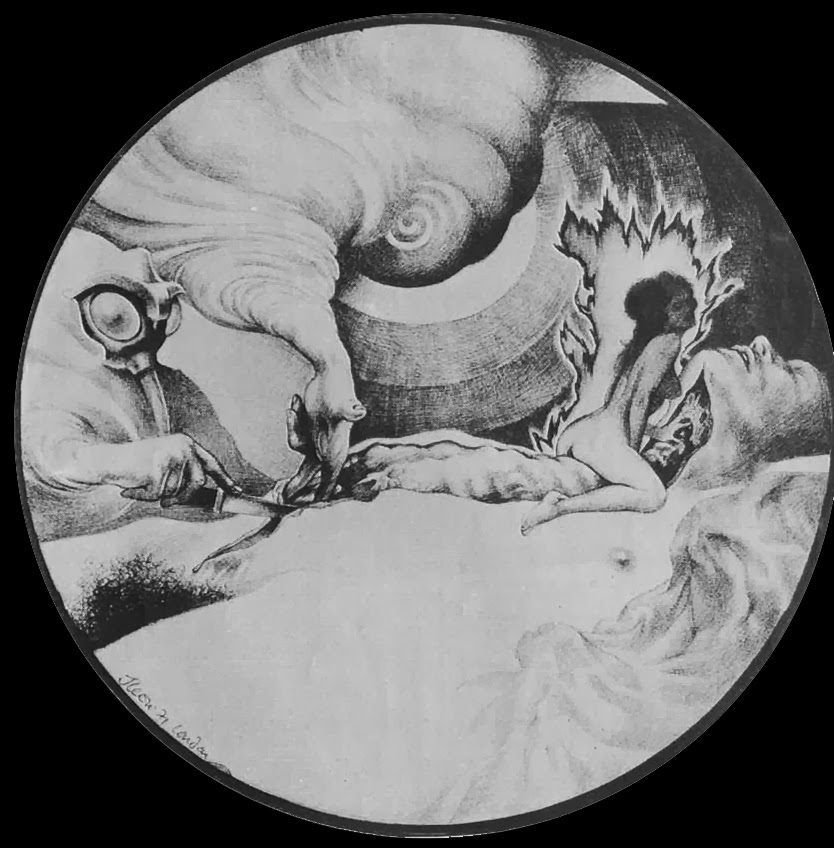
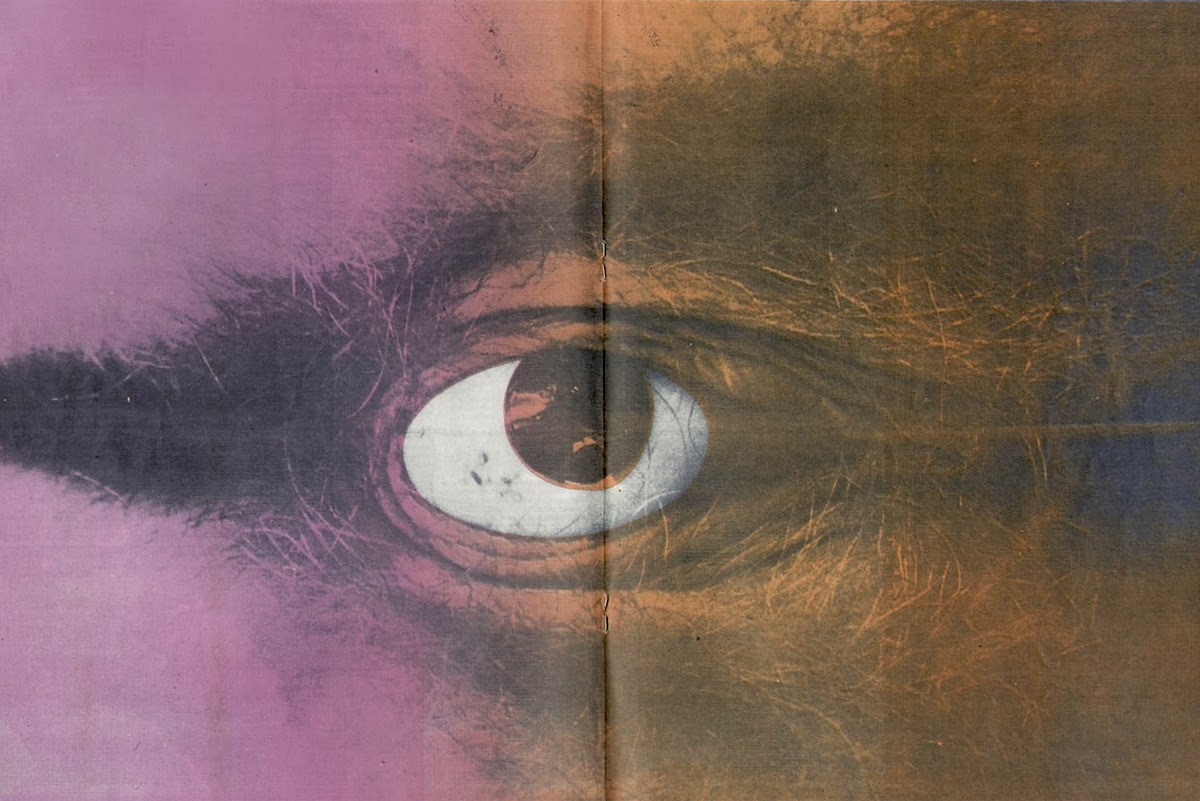
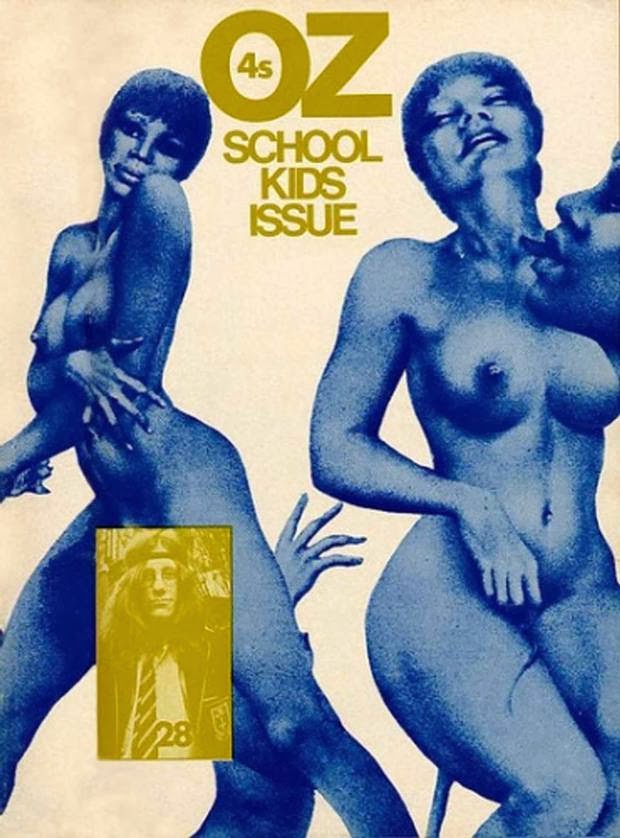
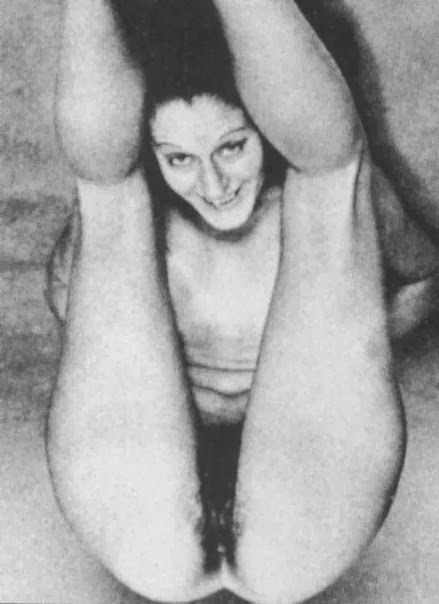
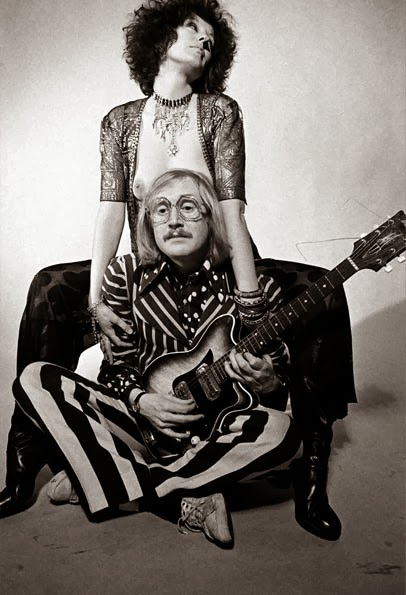
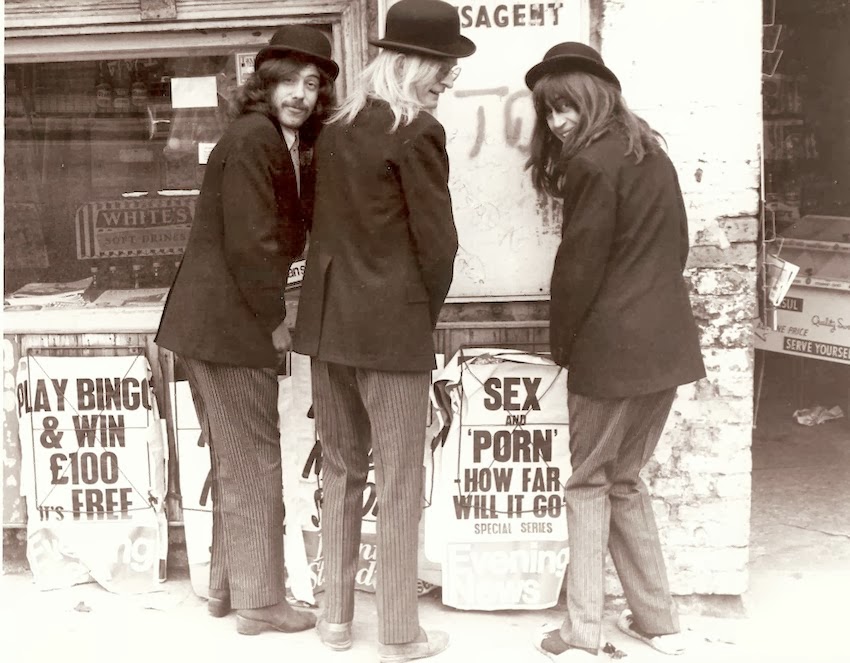
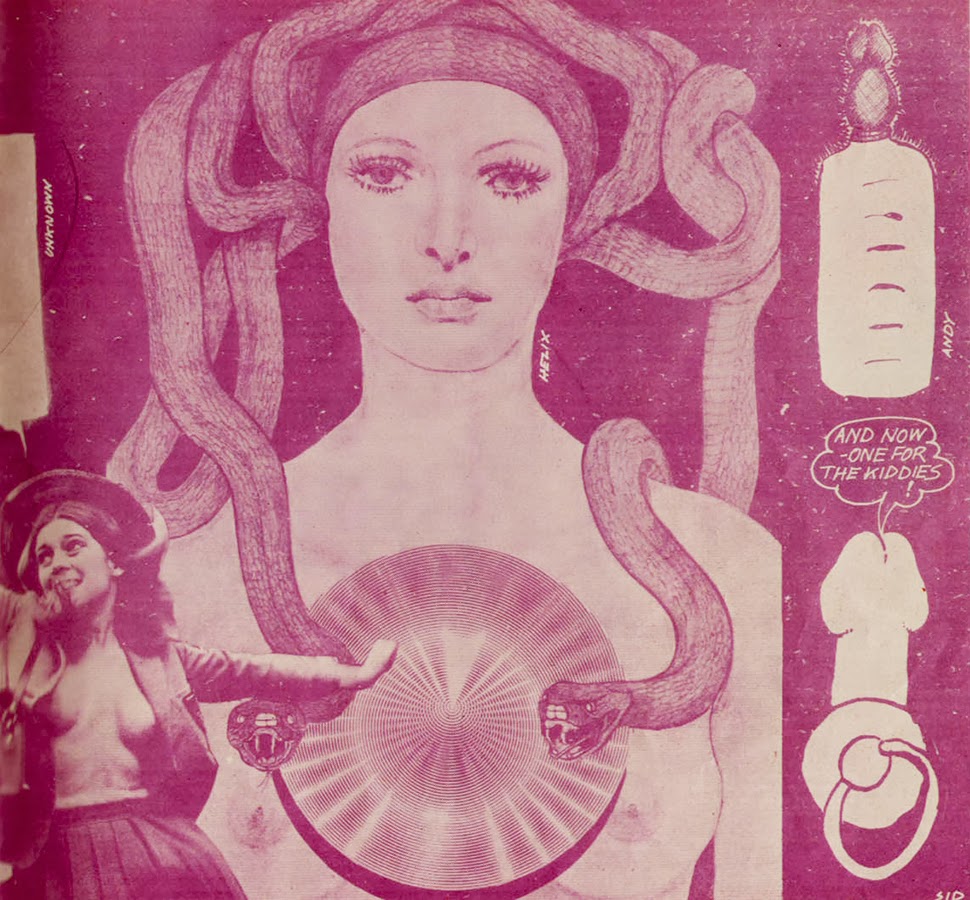
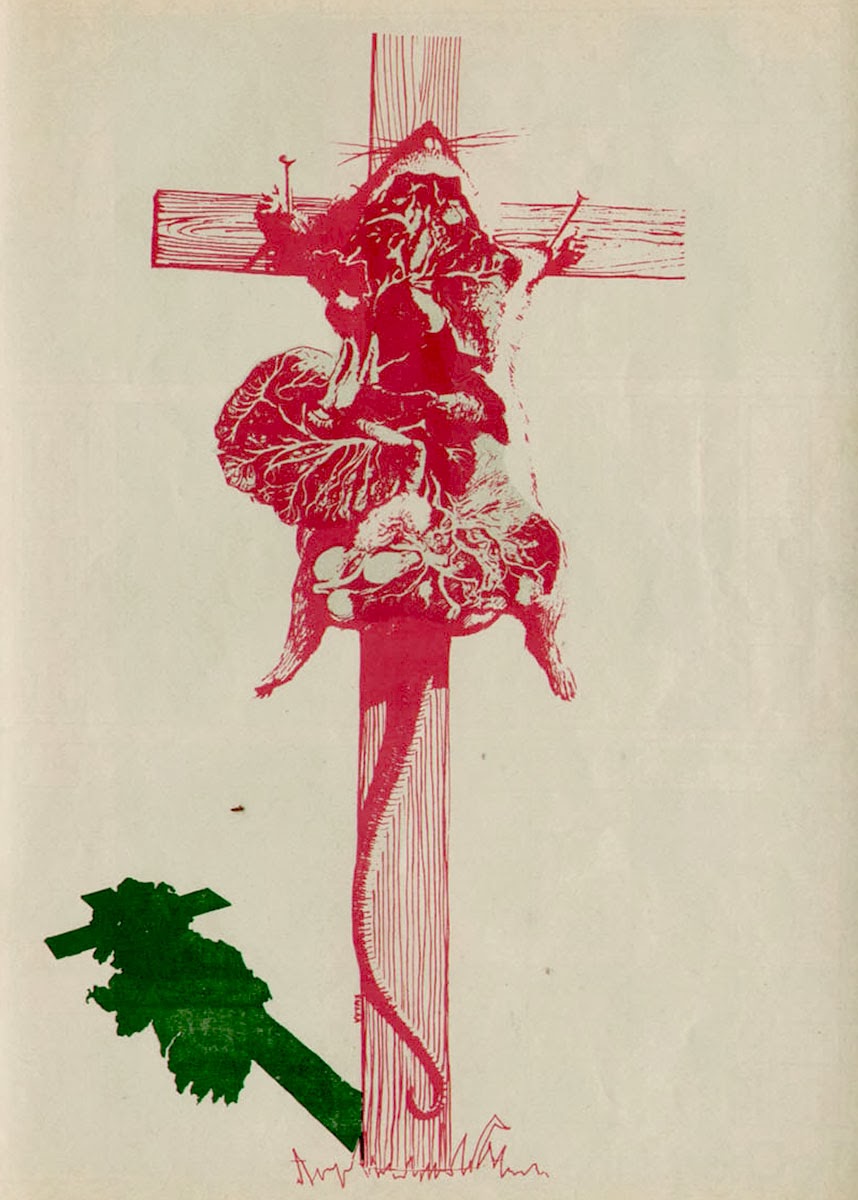
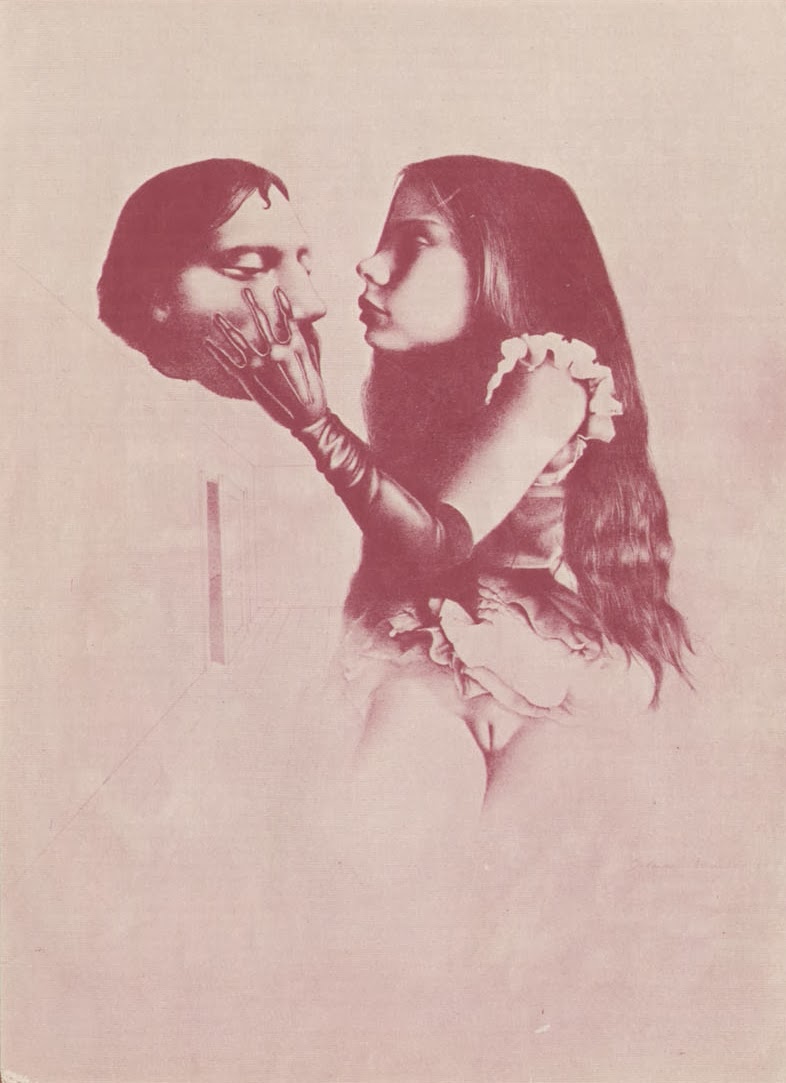
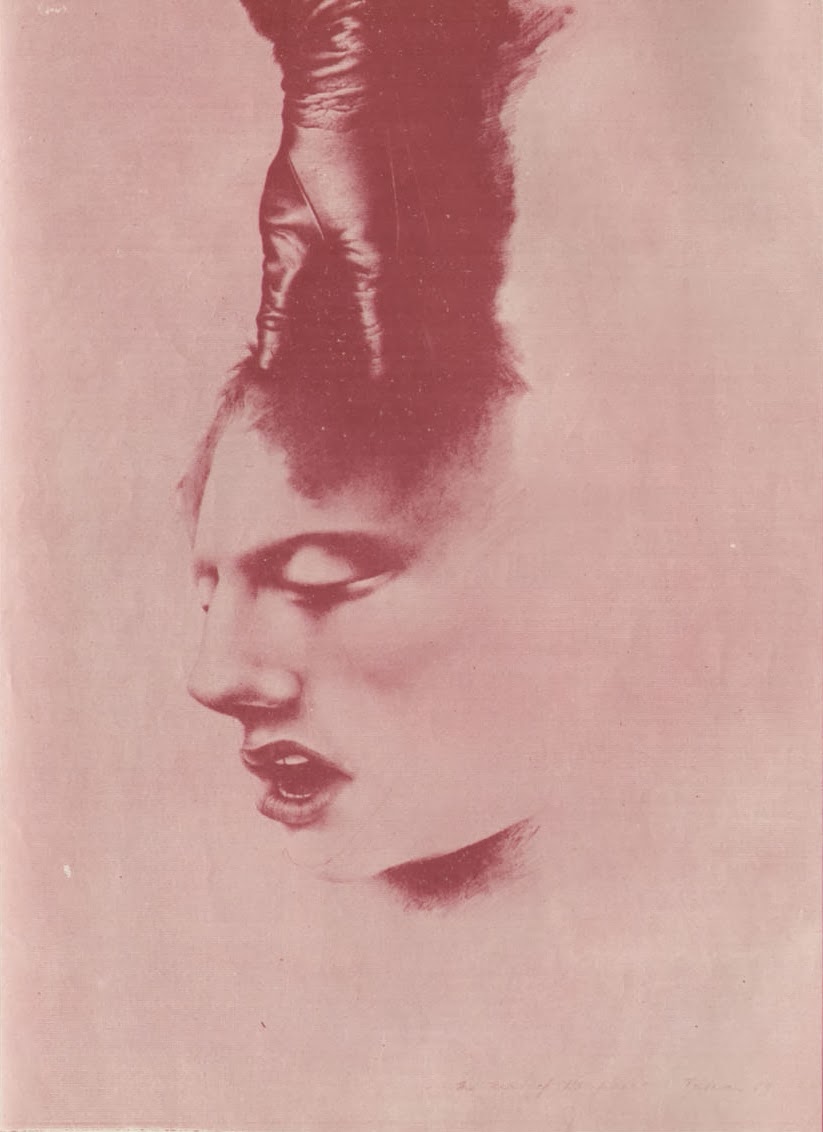
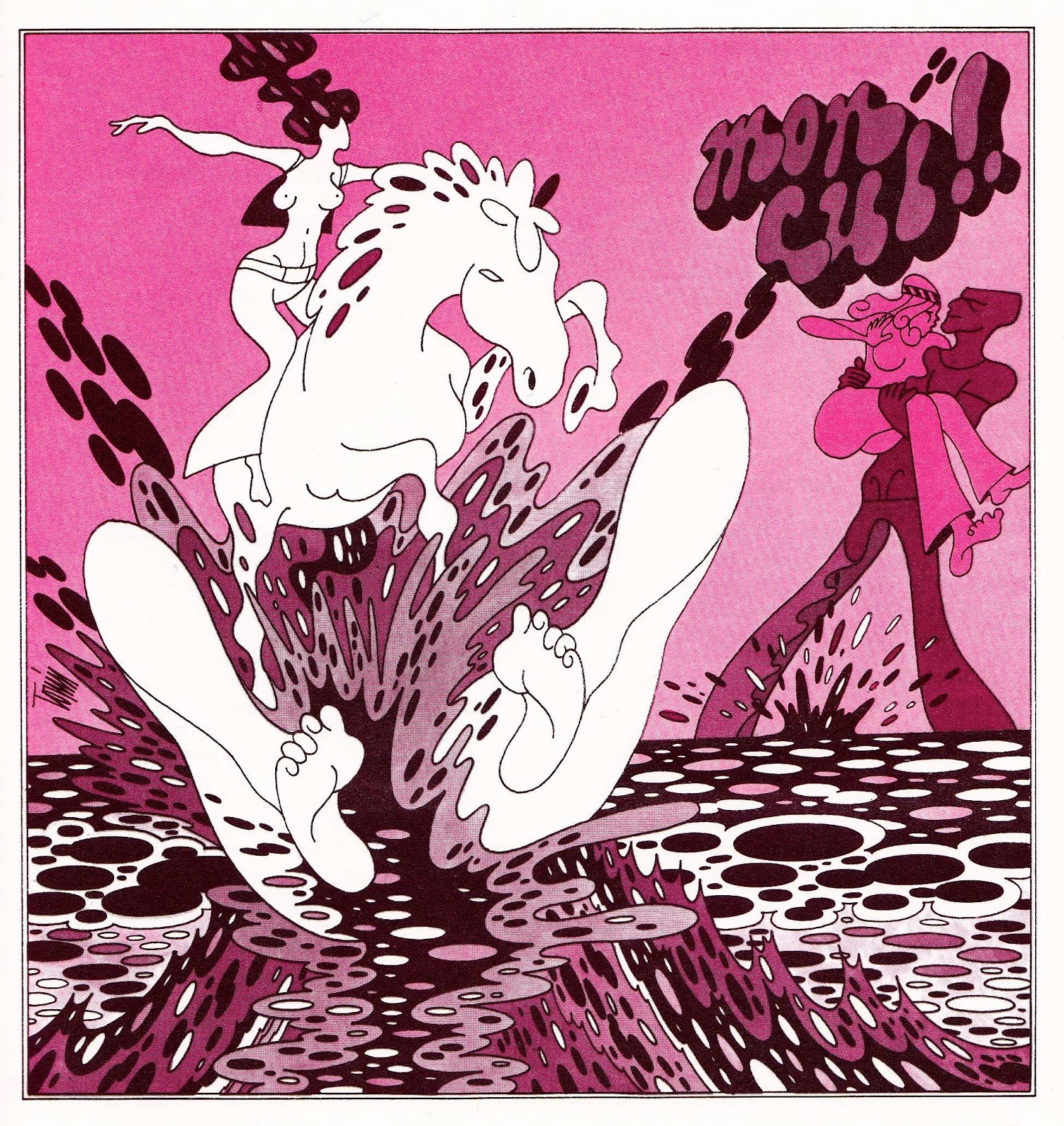
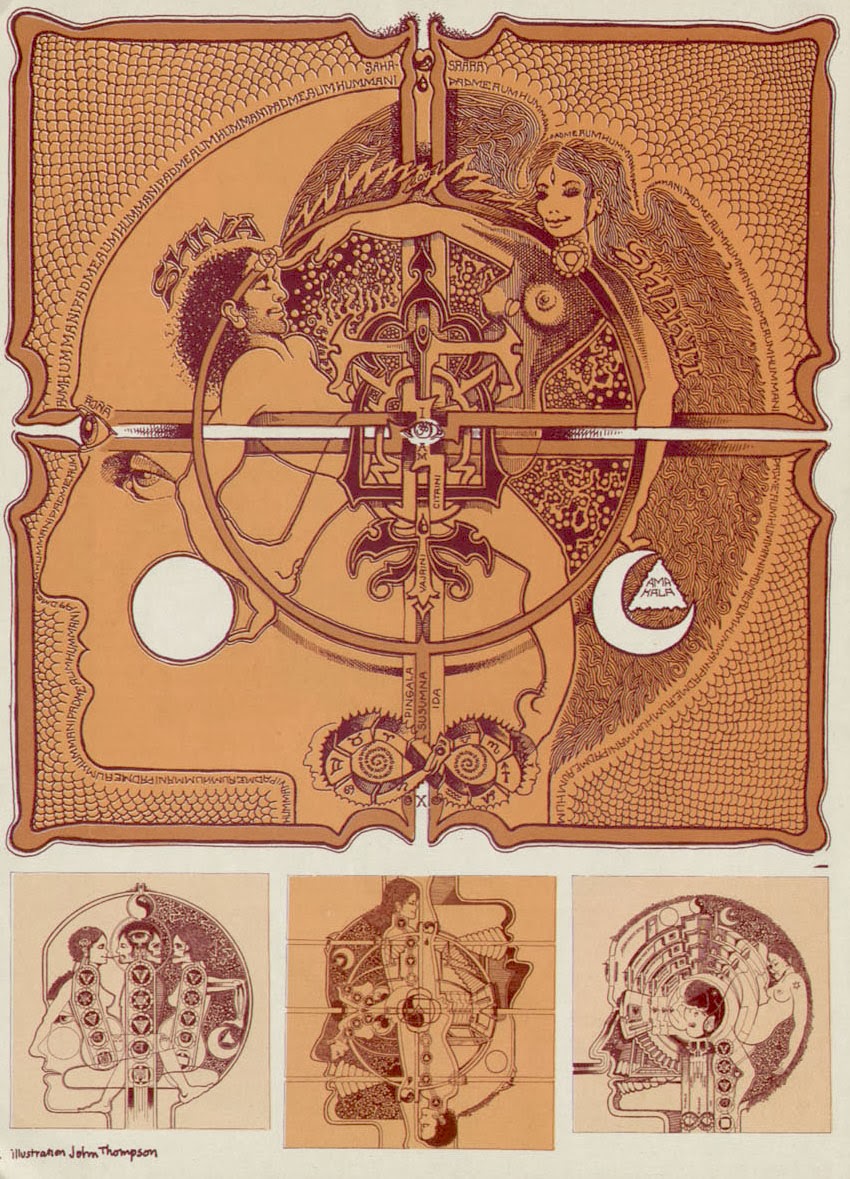
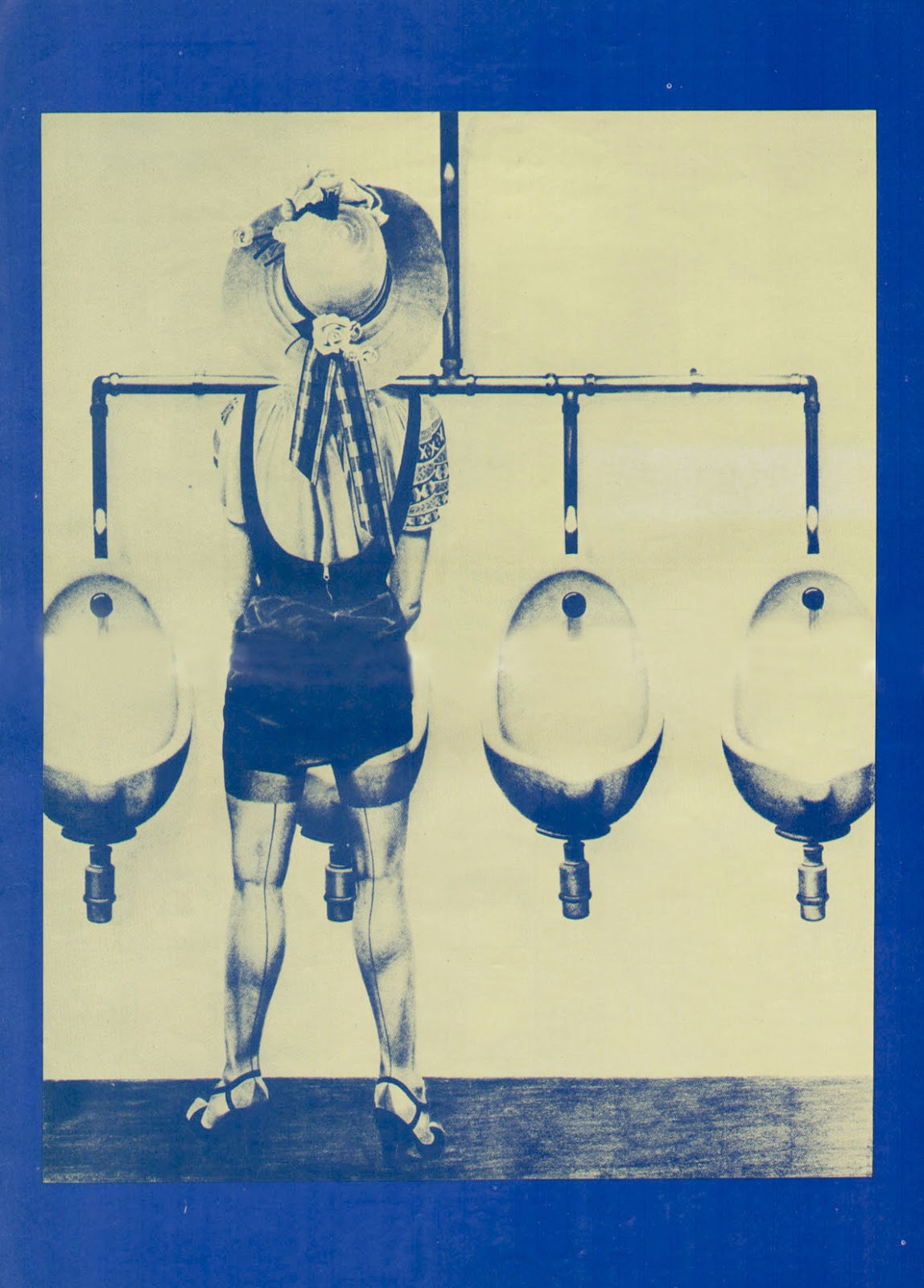
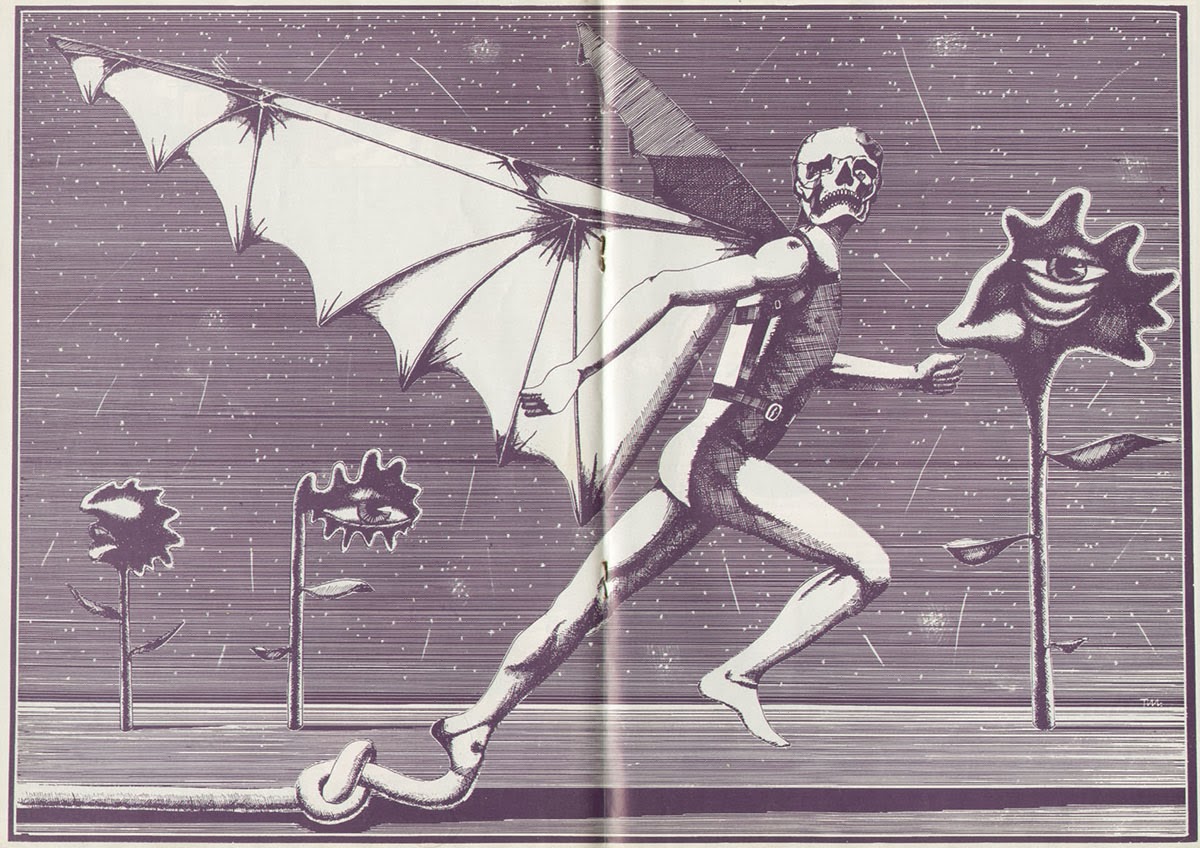
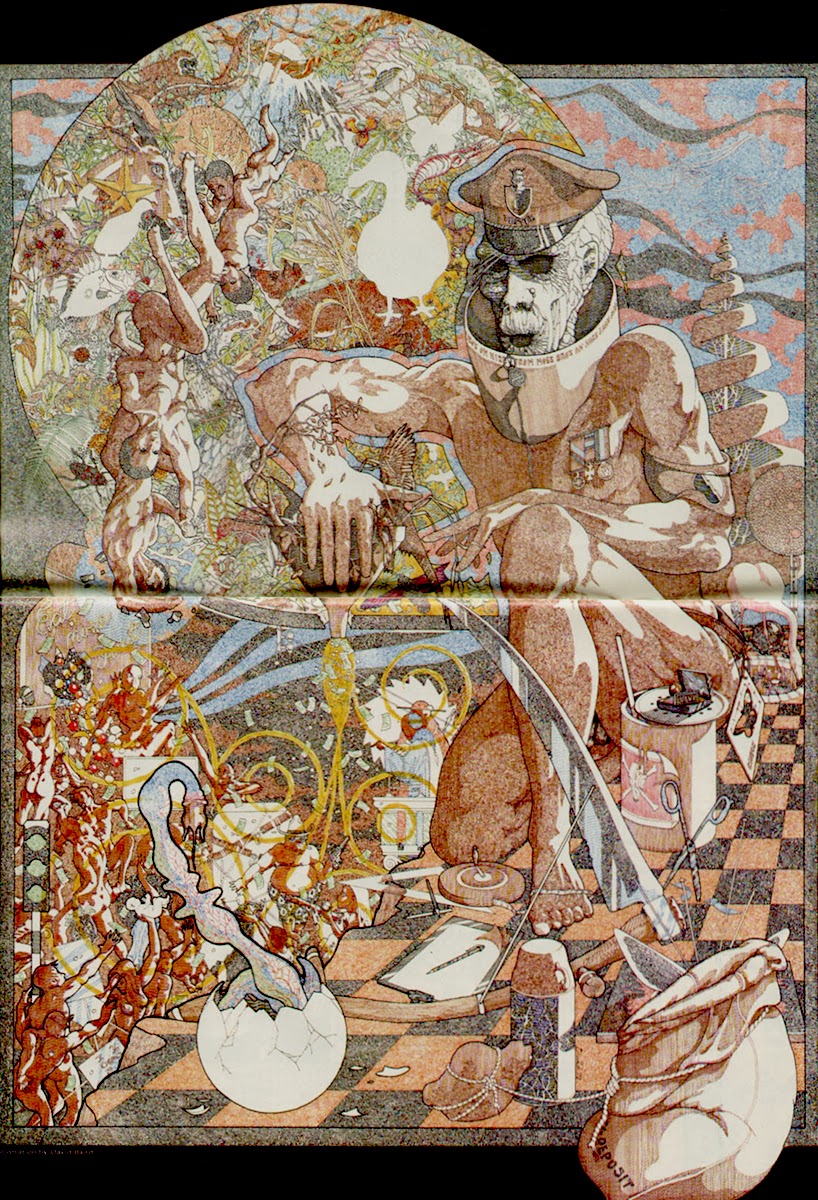
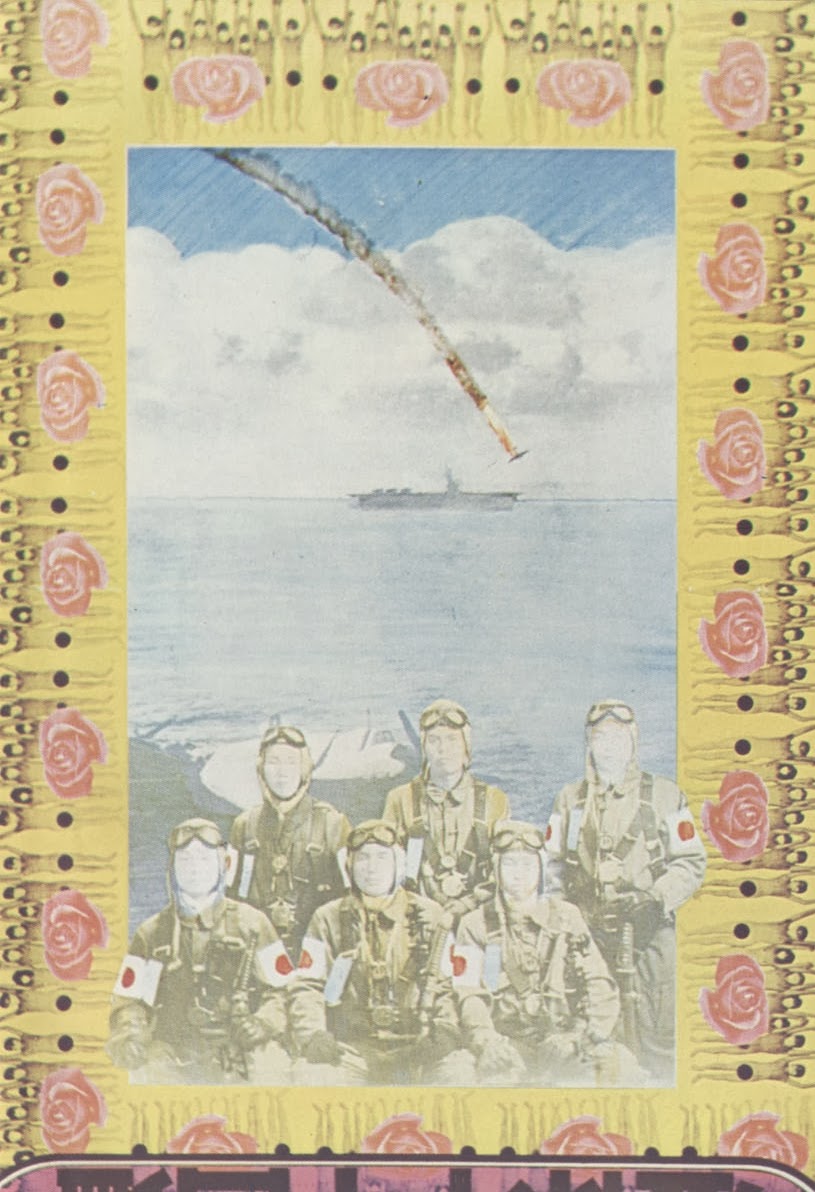
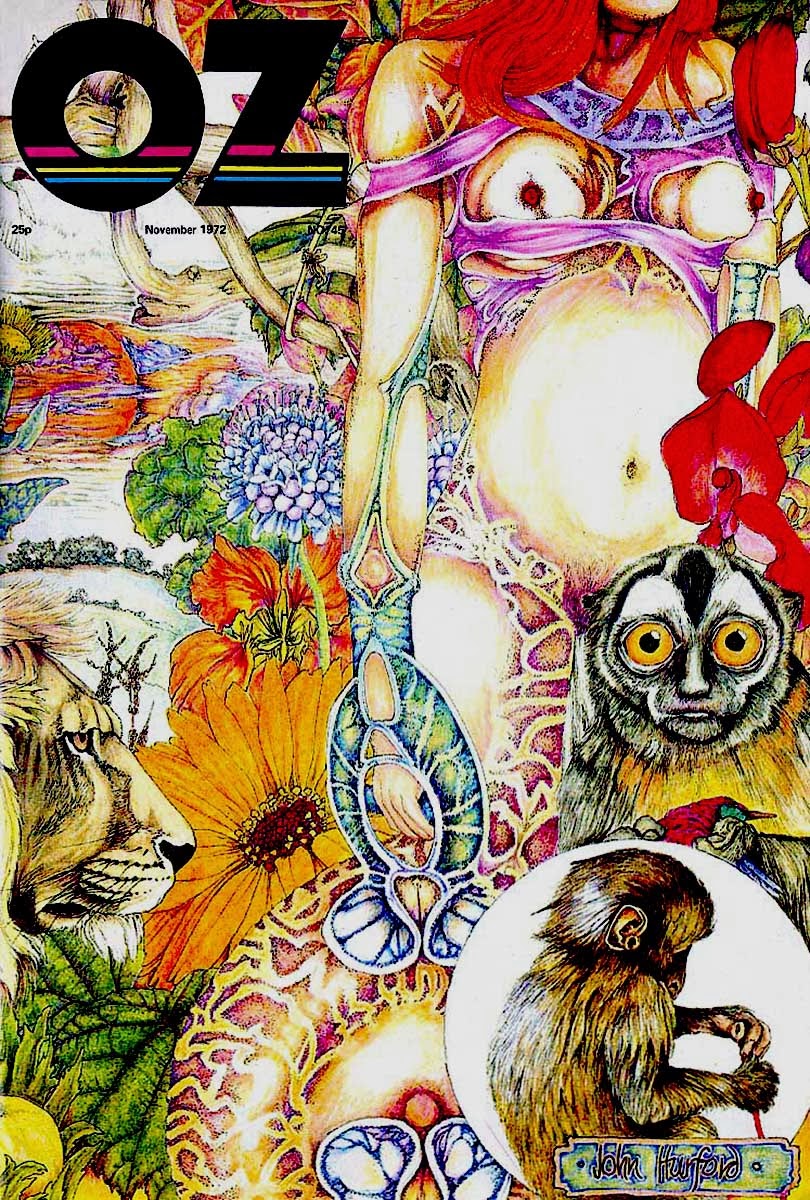
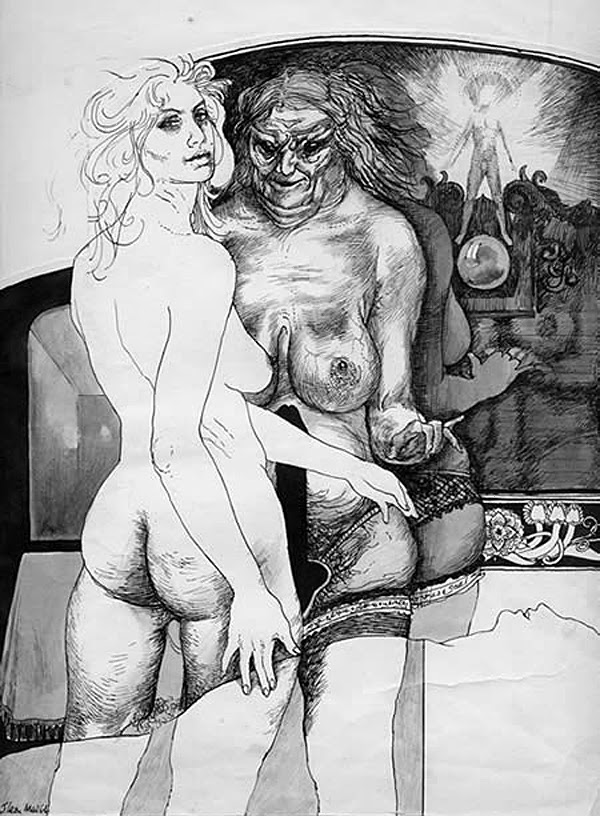
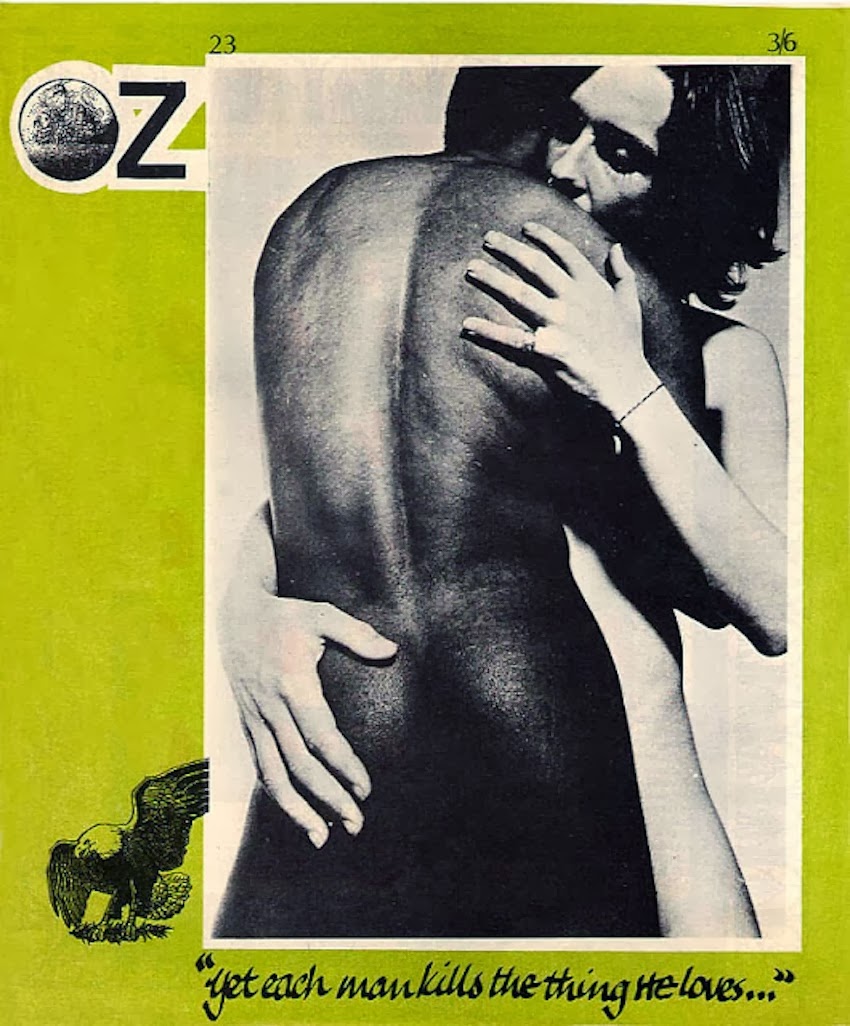
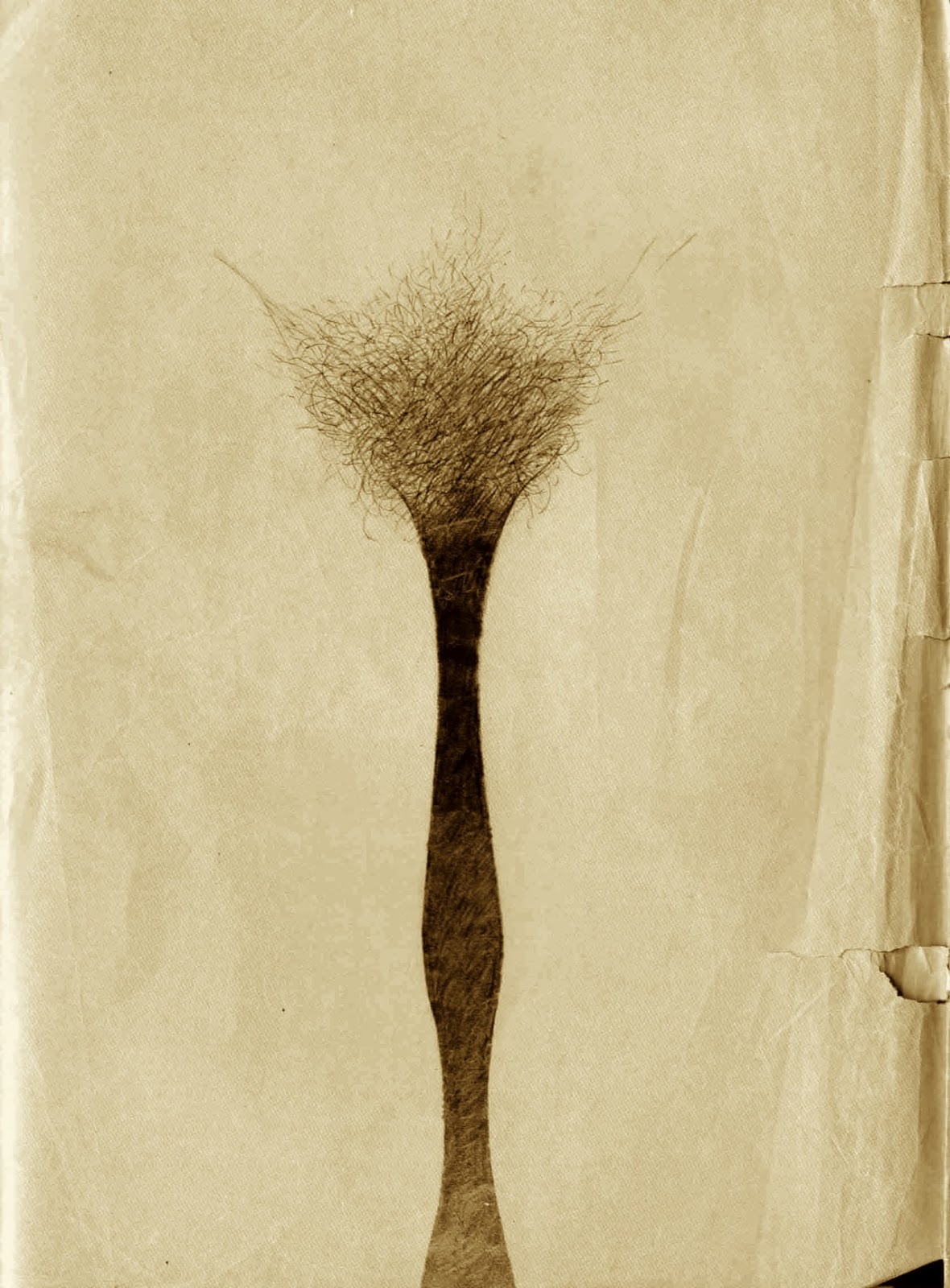
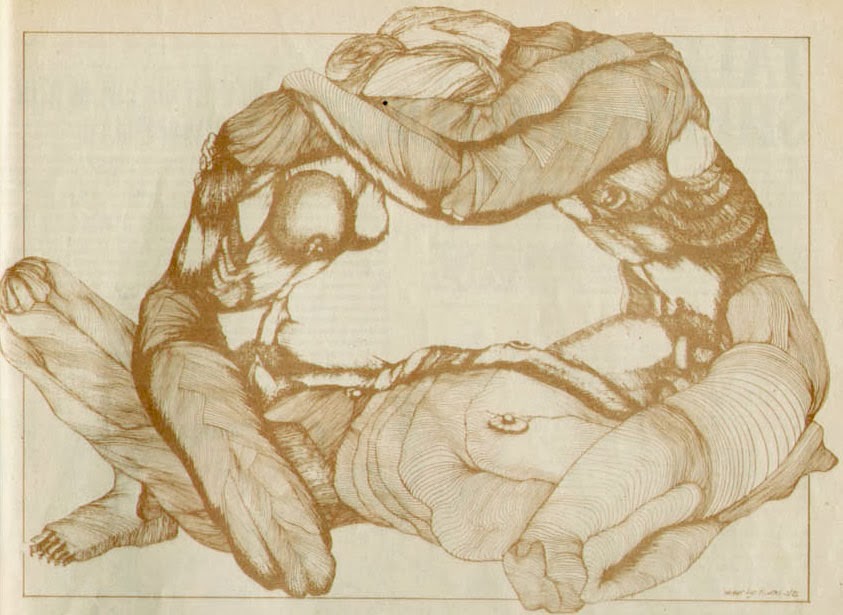
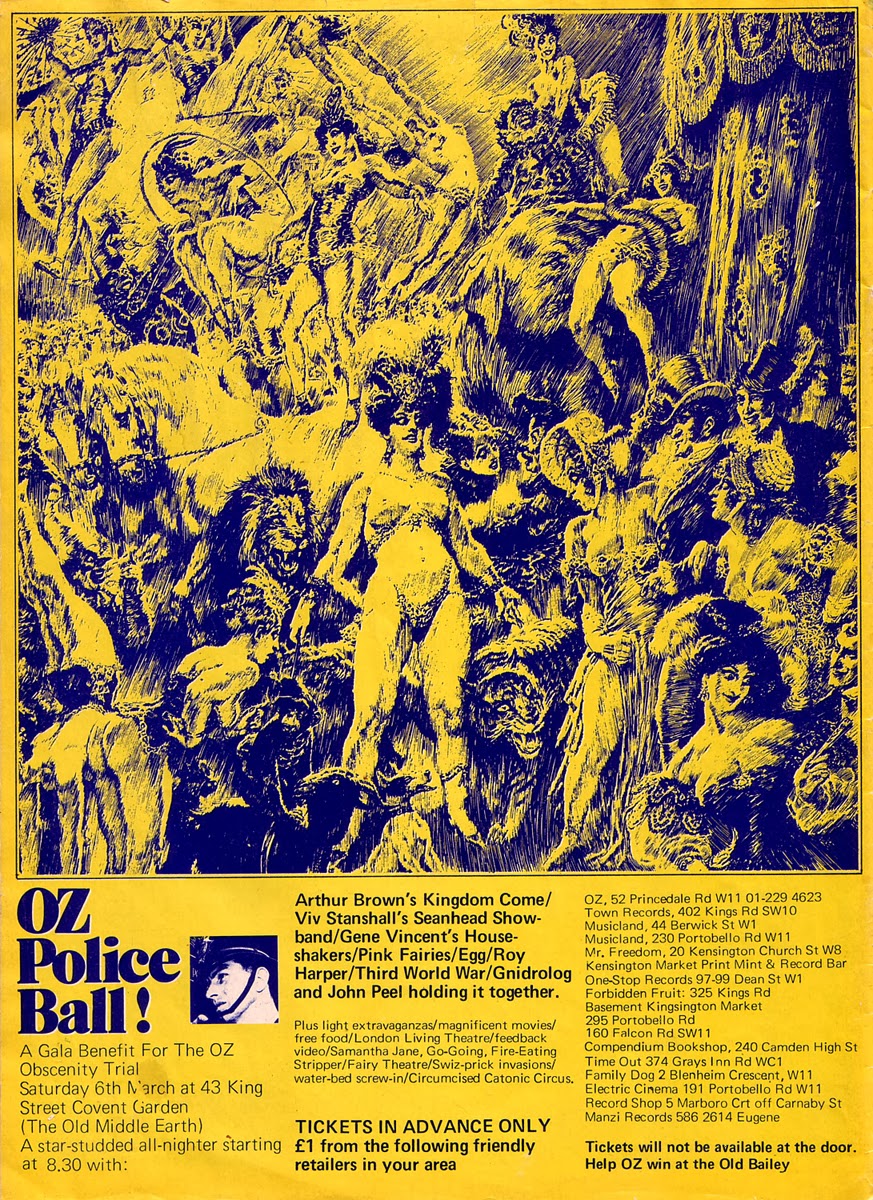
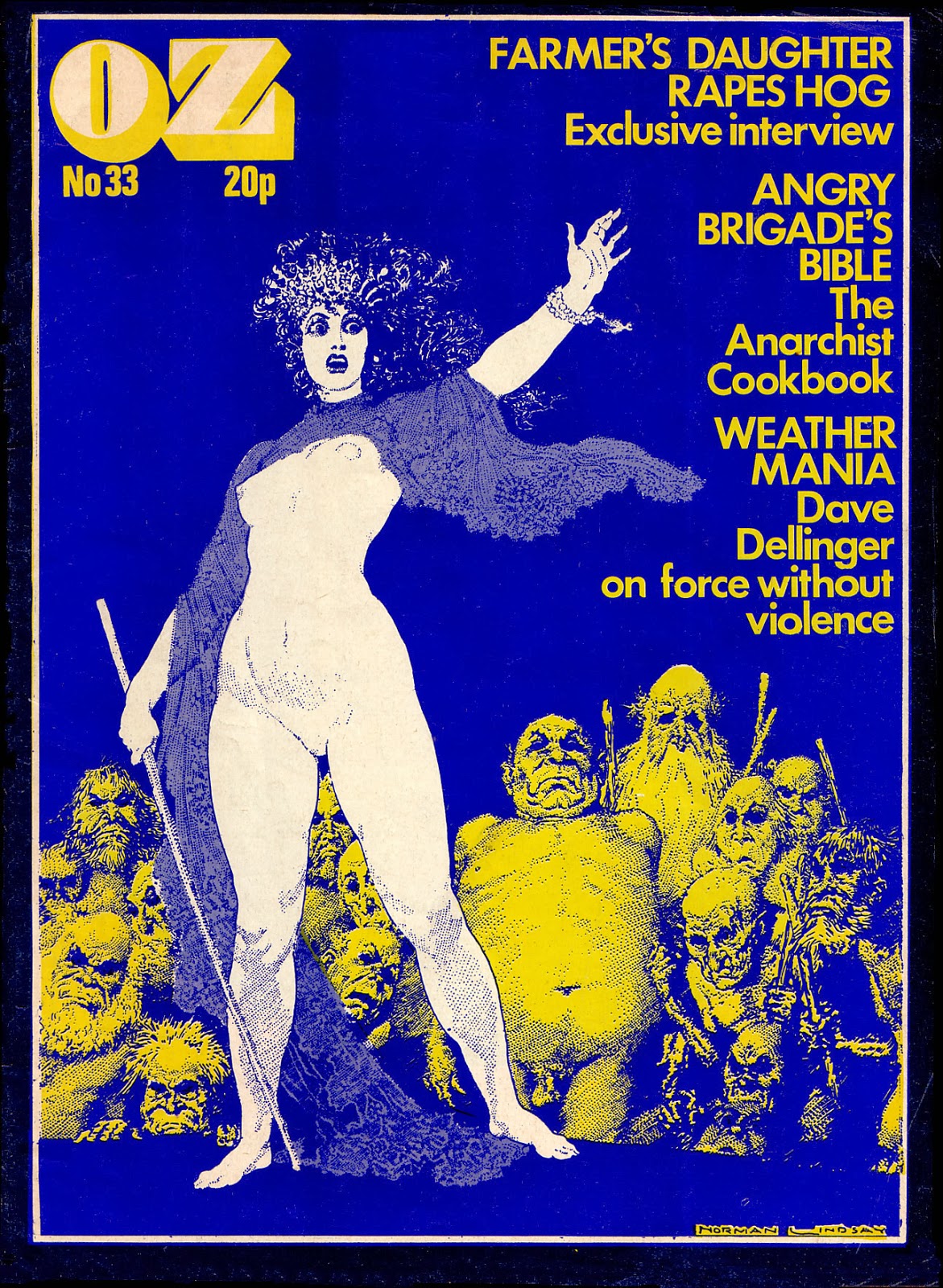
Great story. However, you are missing the most famous photograph from Oz. That of Germaine Greer showing her hairy cunt.
Good point. Article edited to resolve that glaring omission.